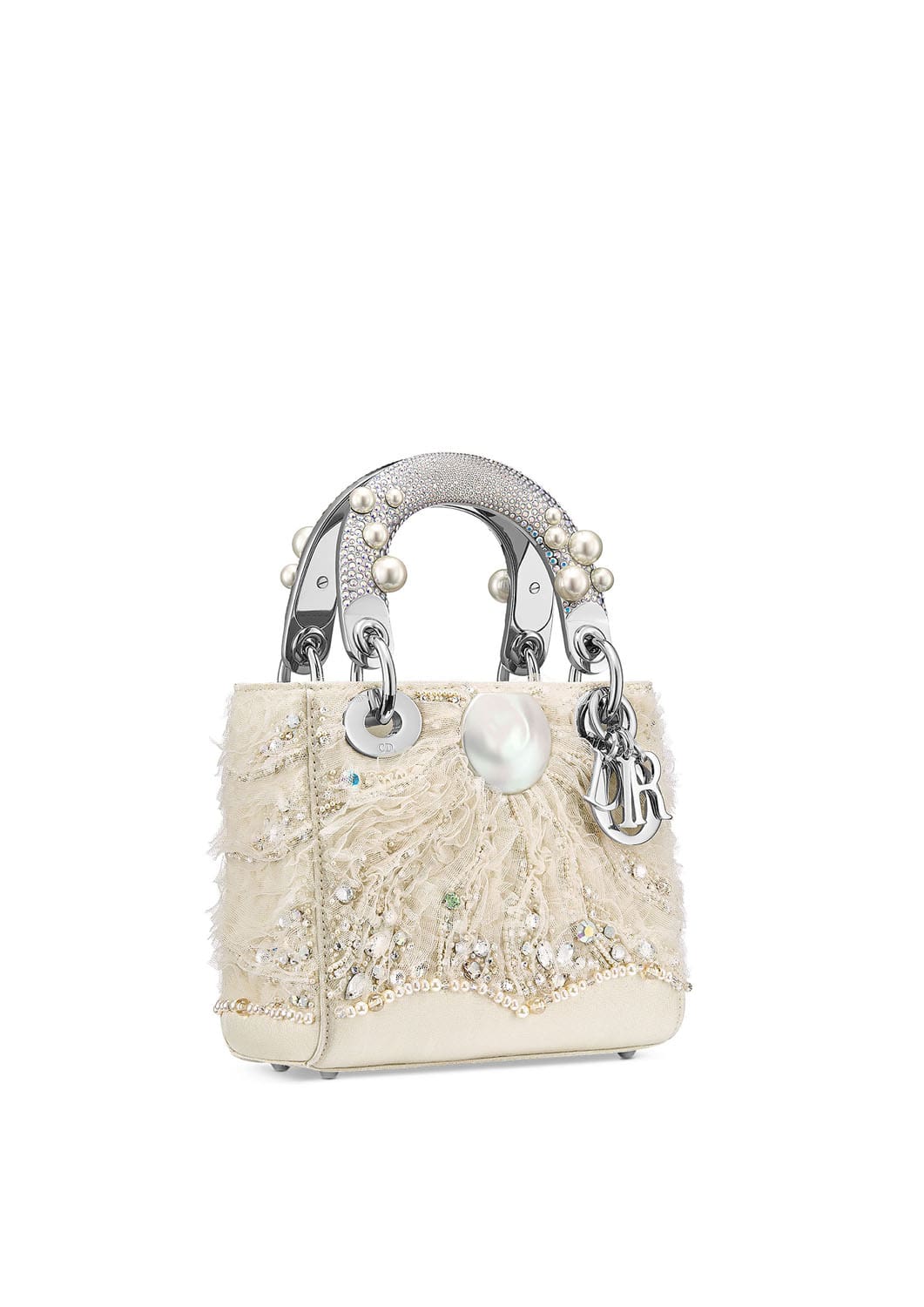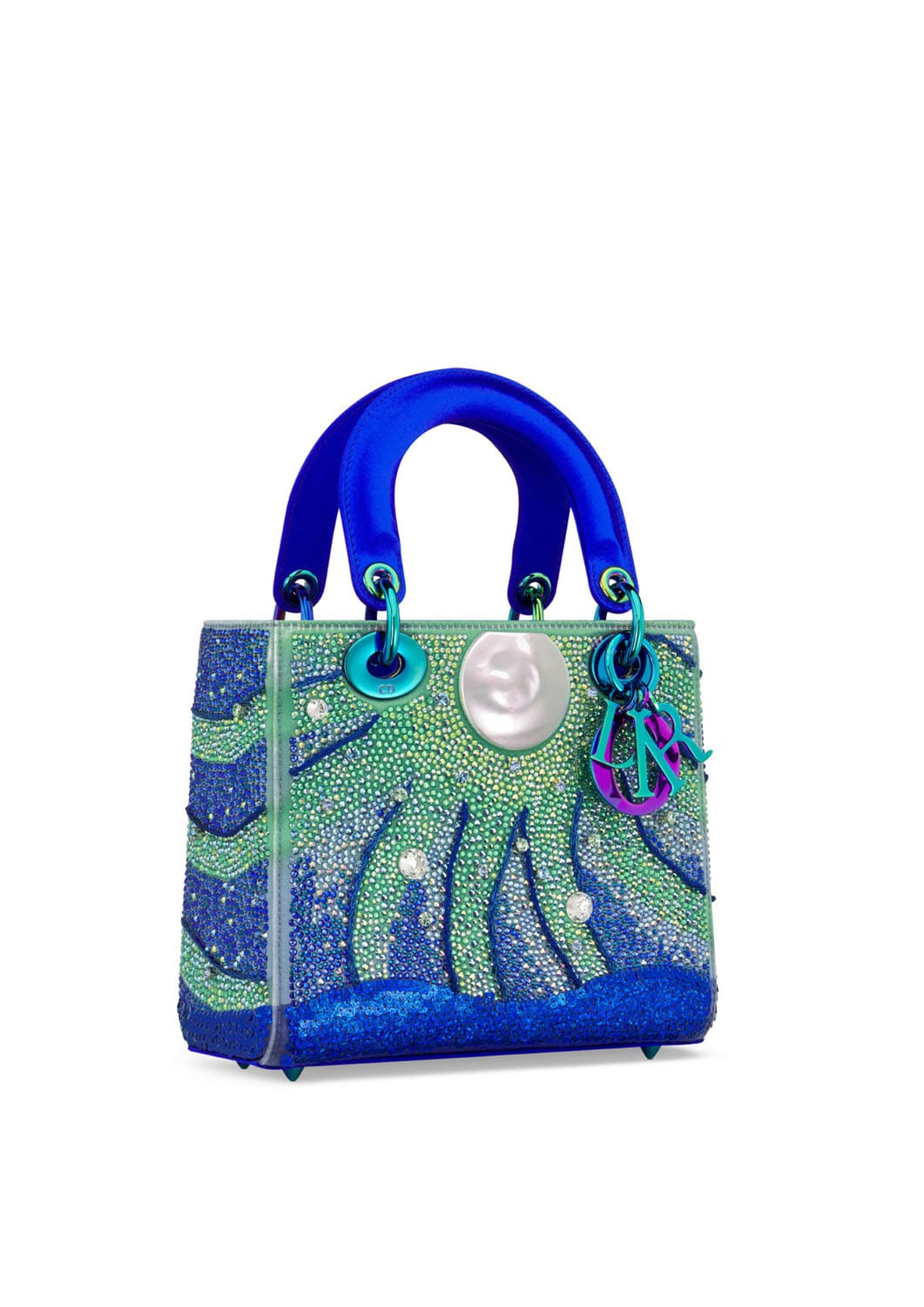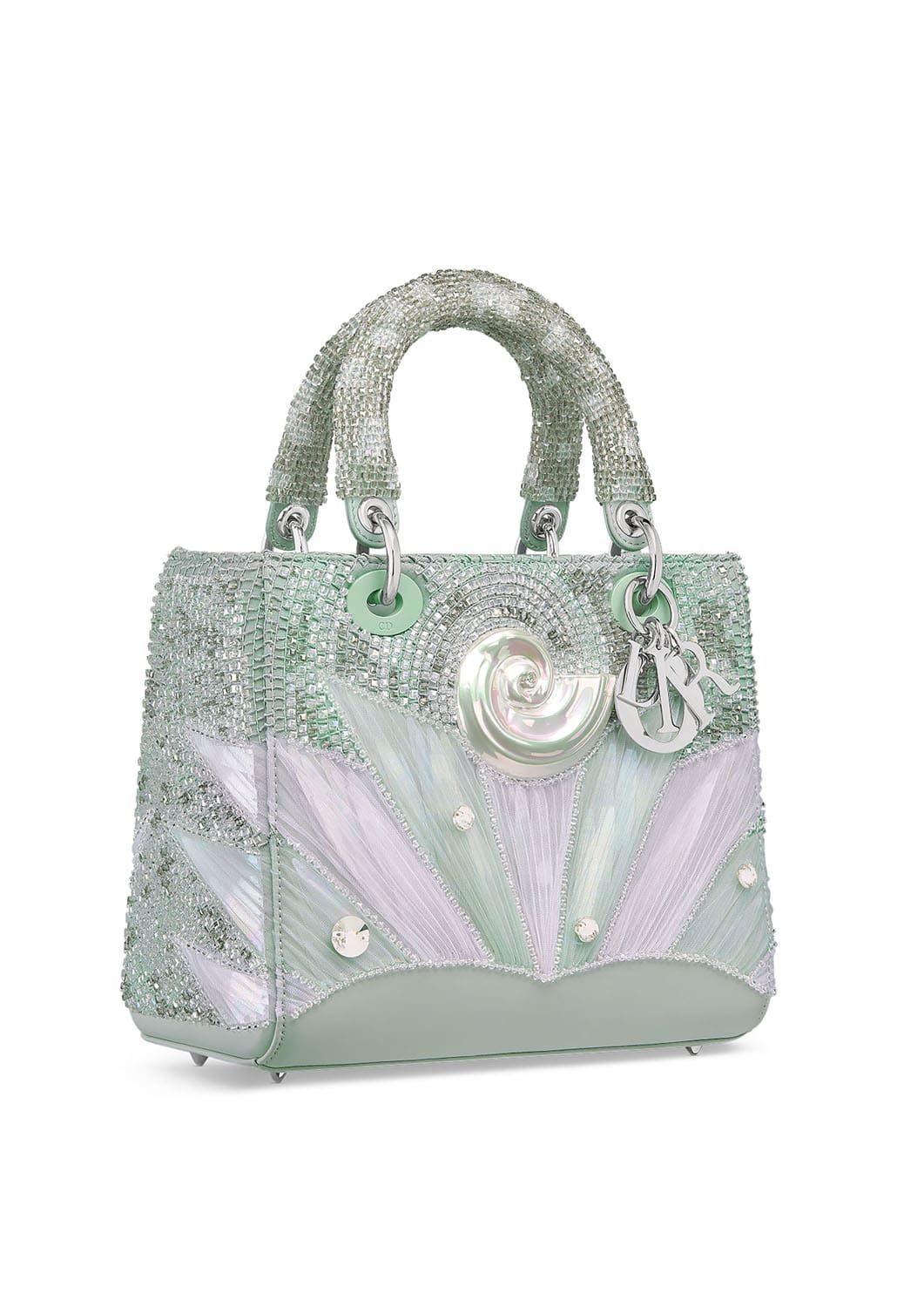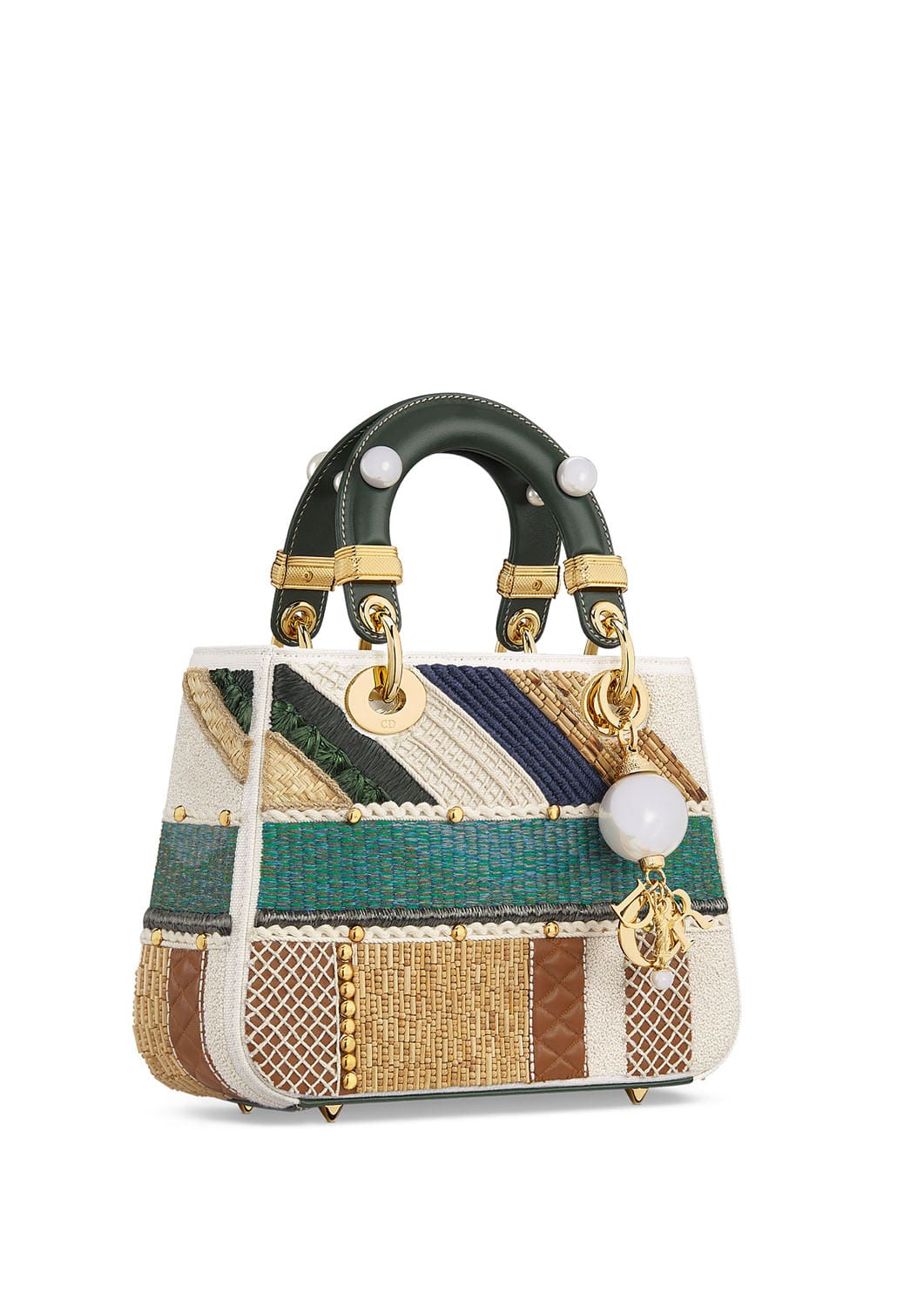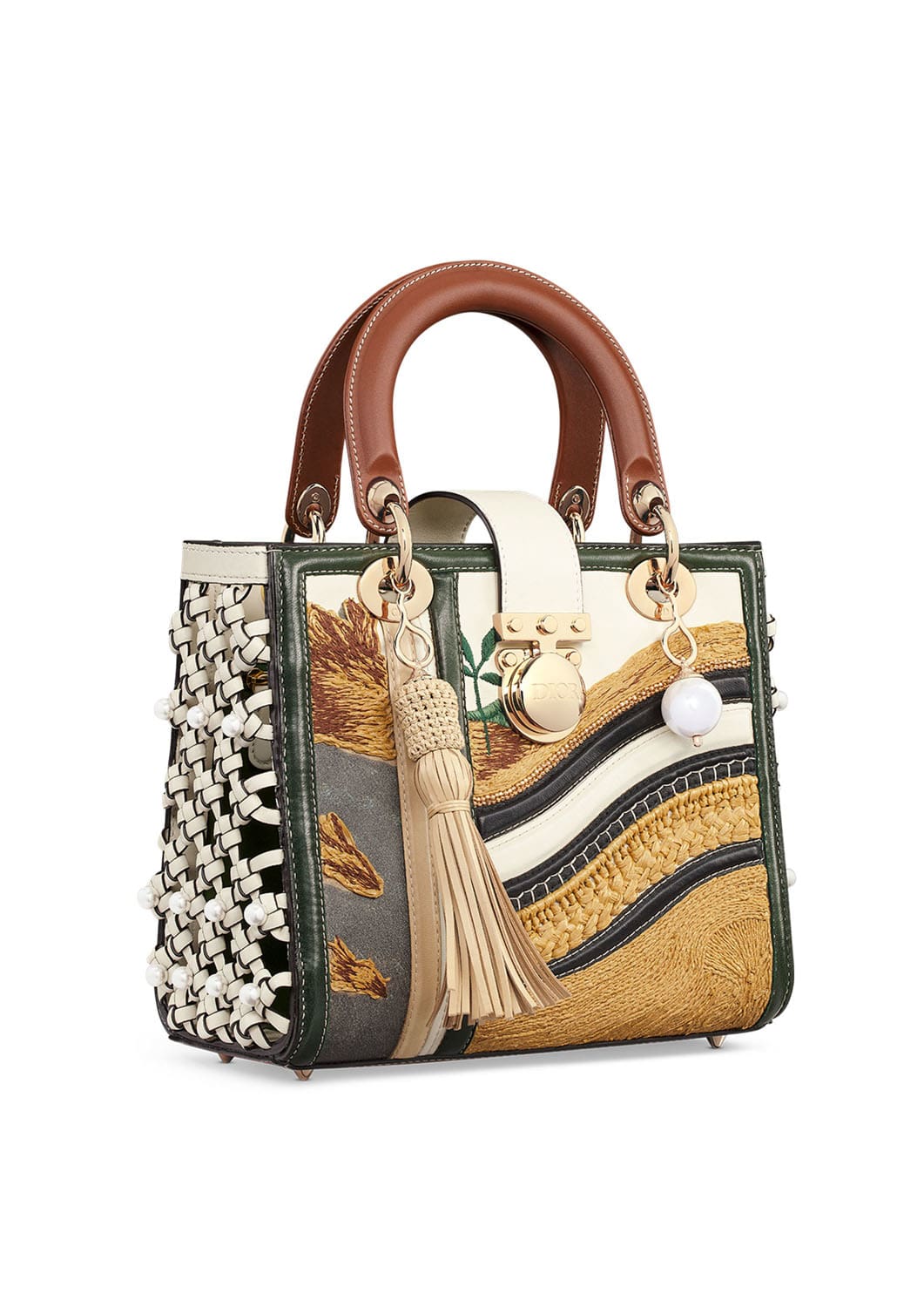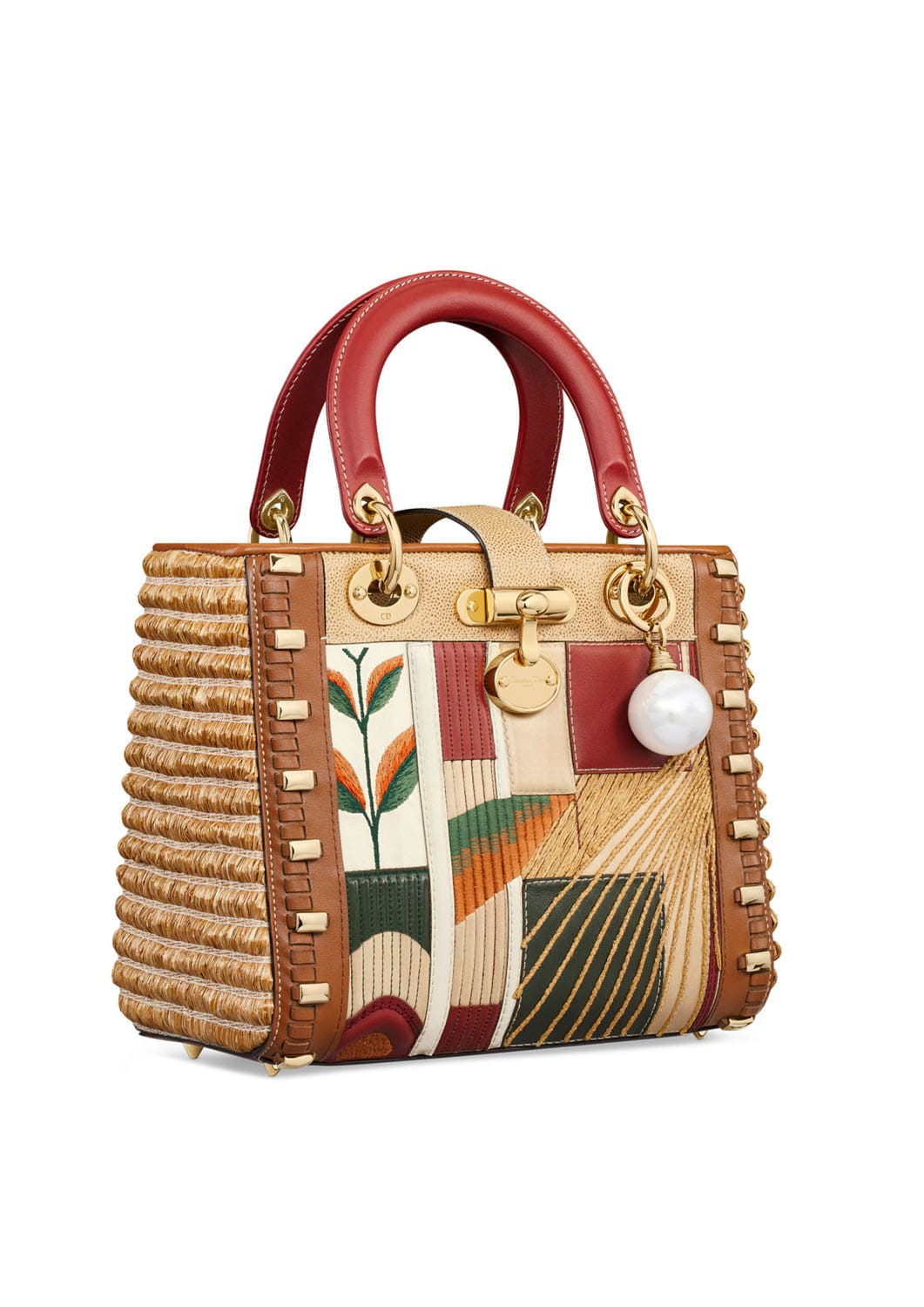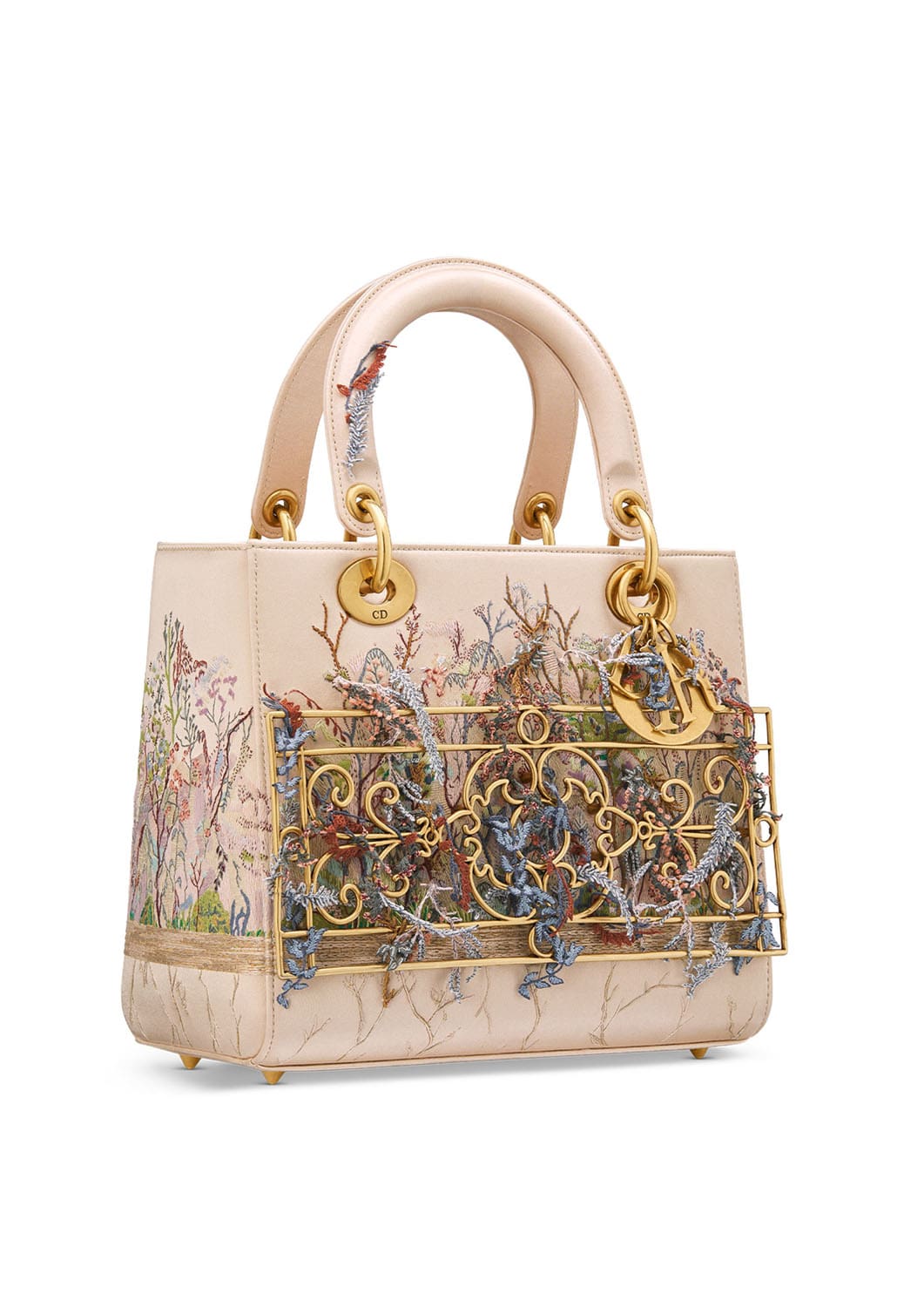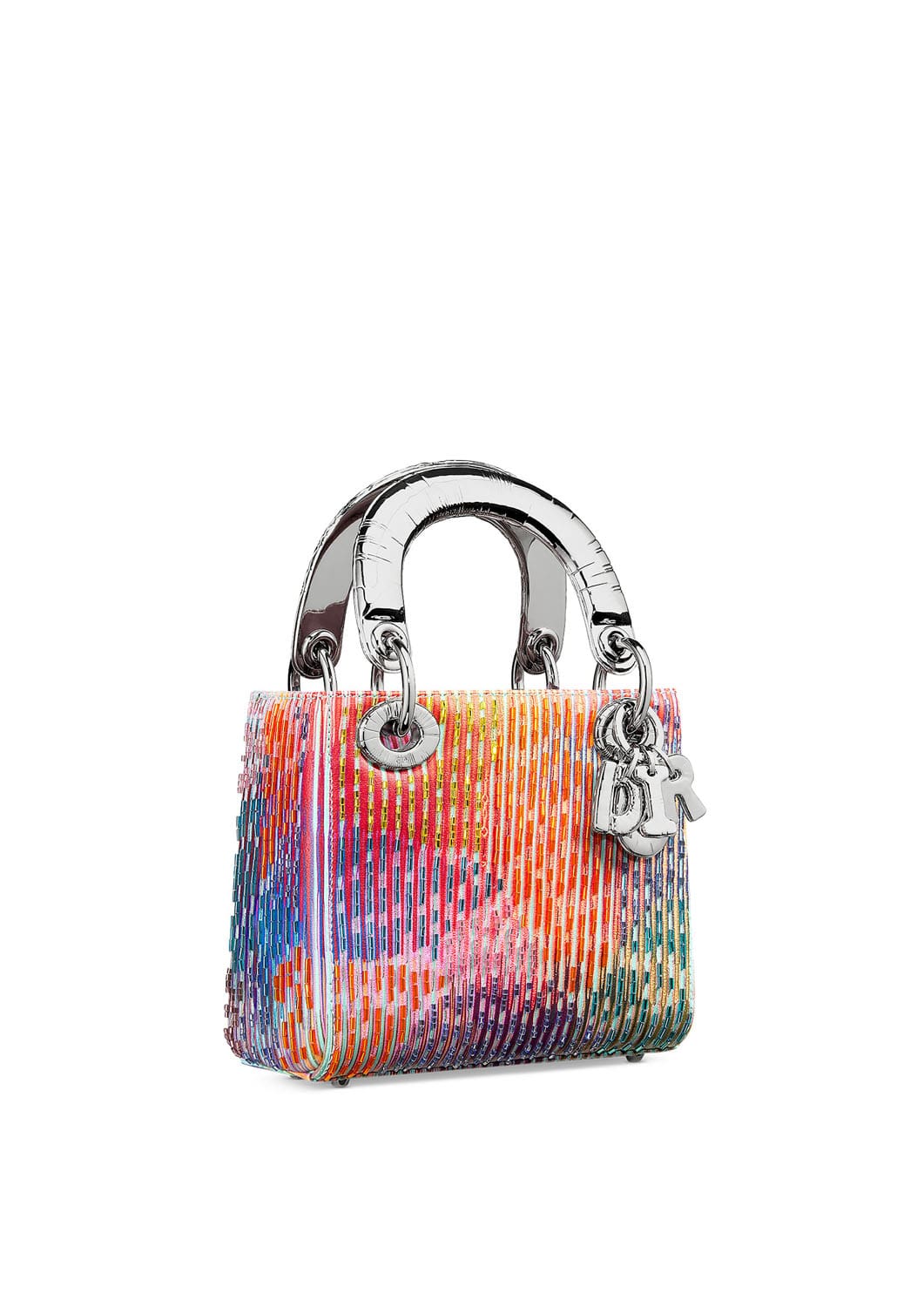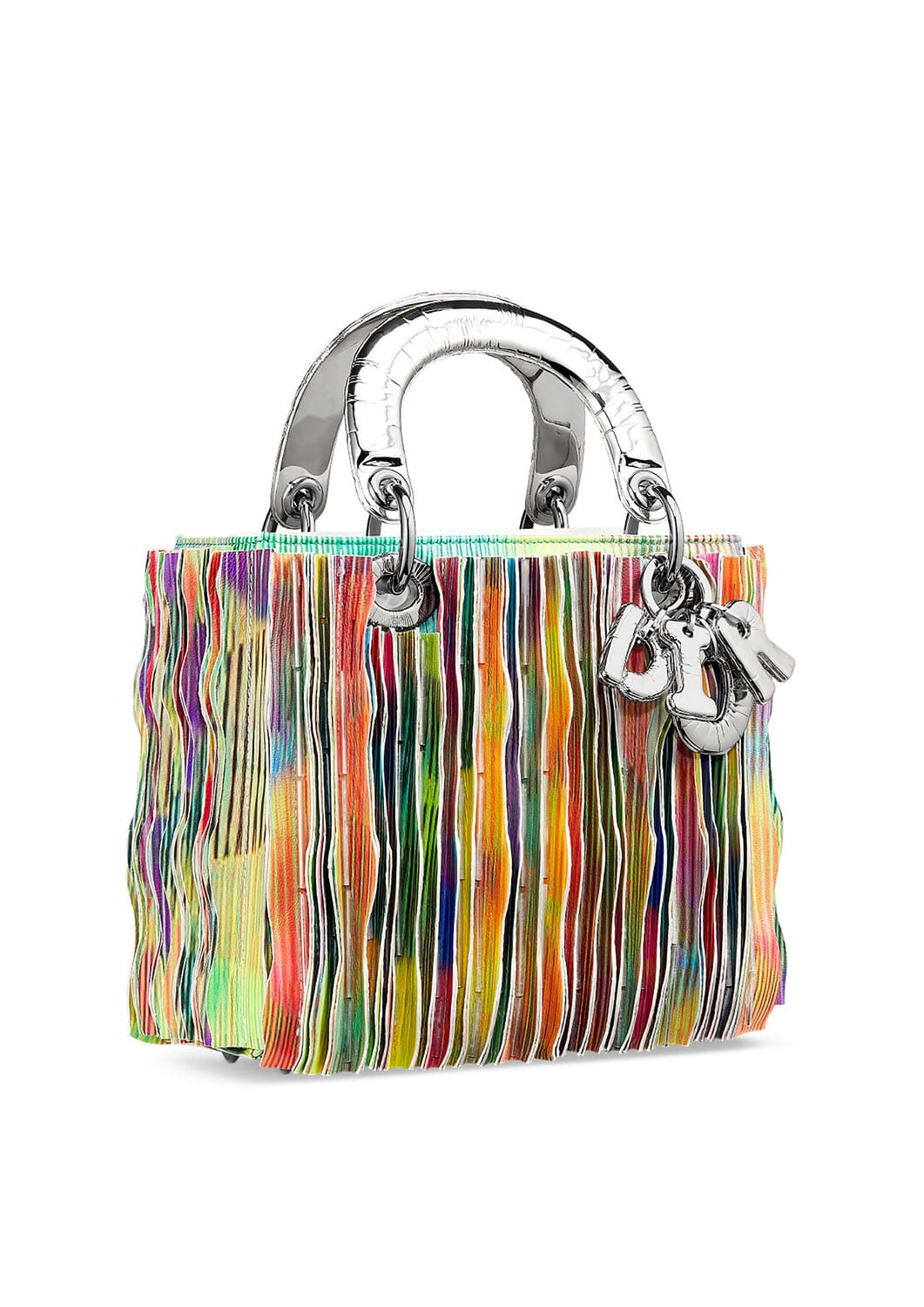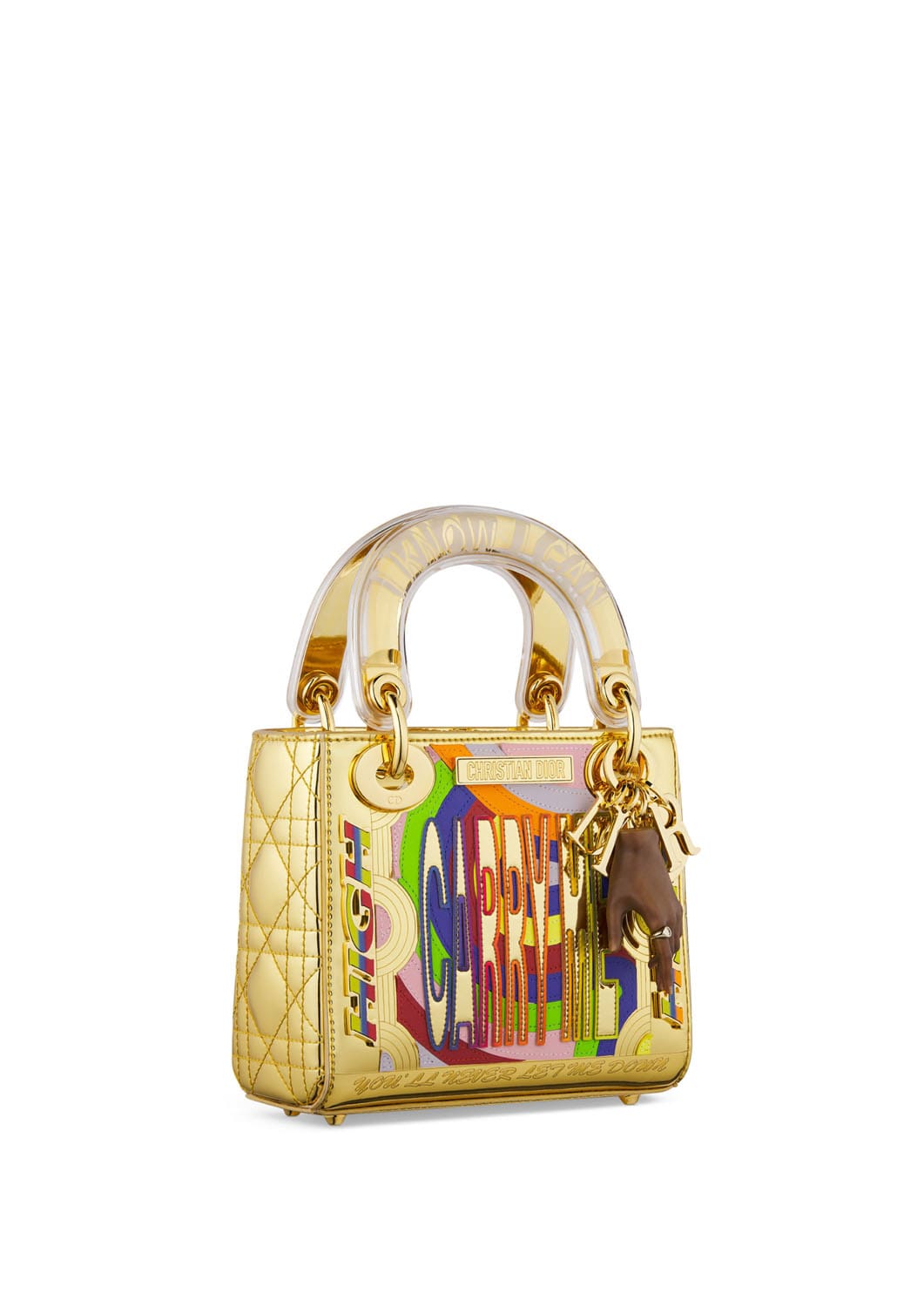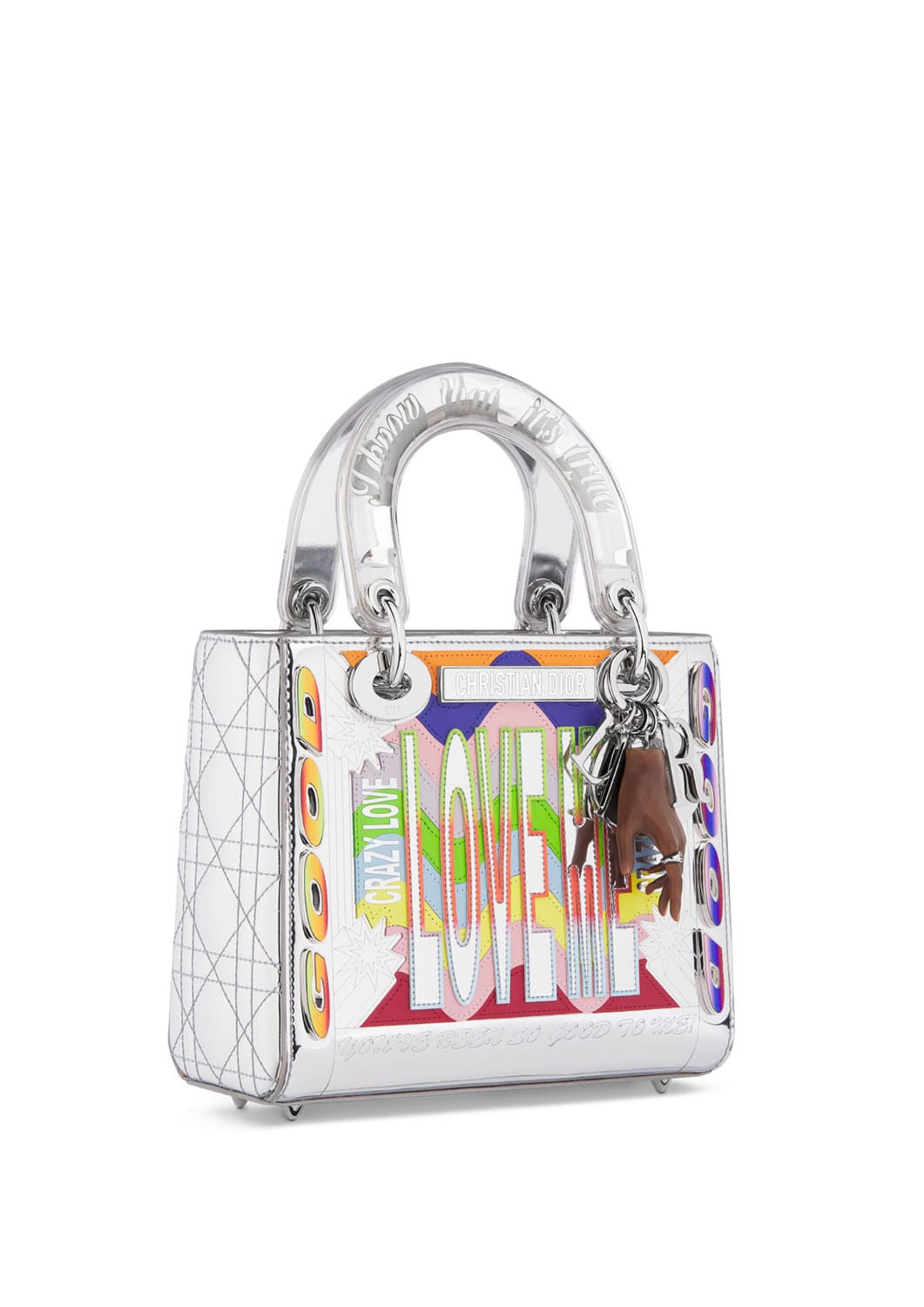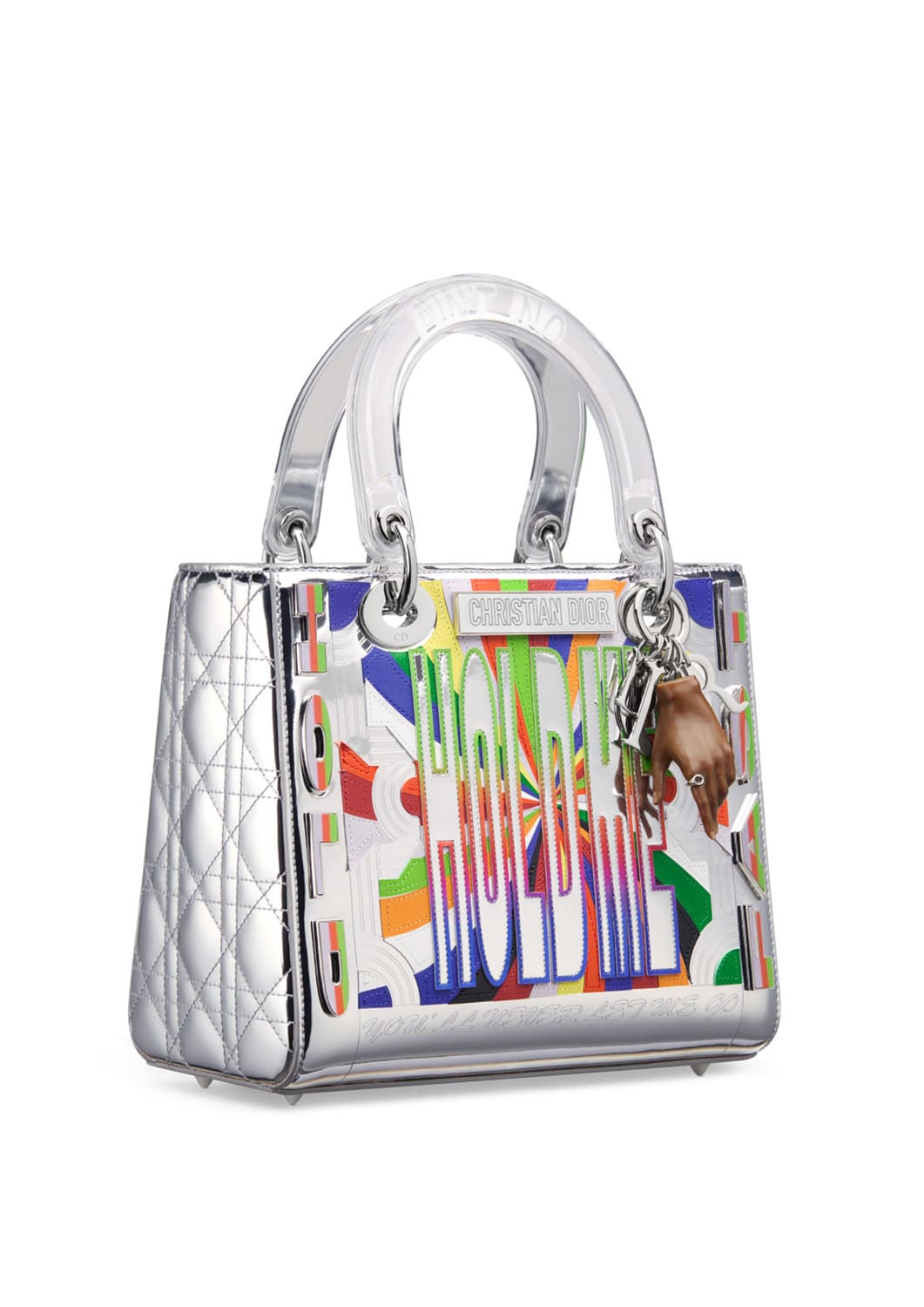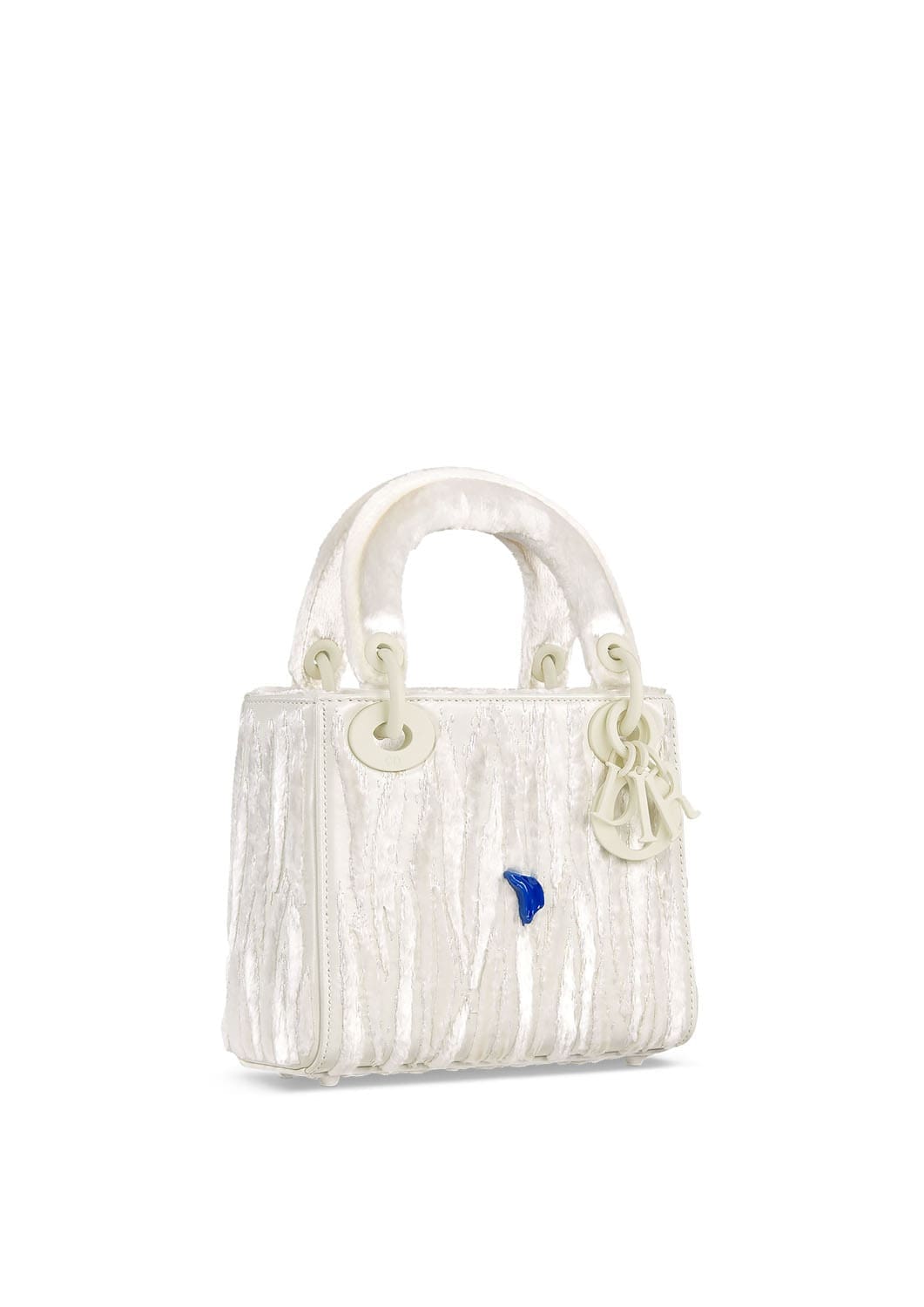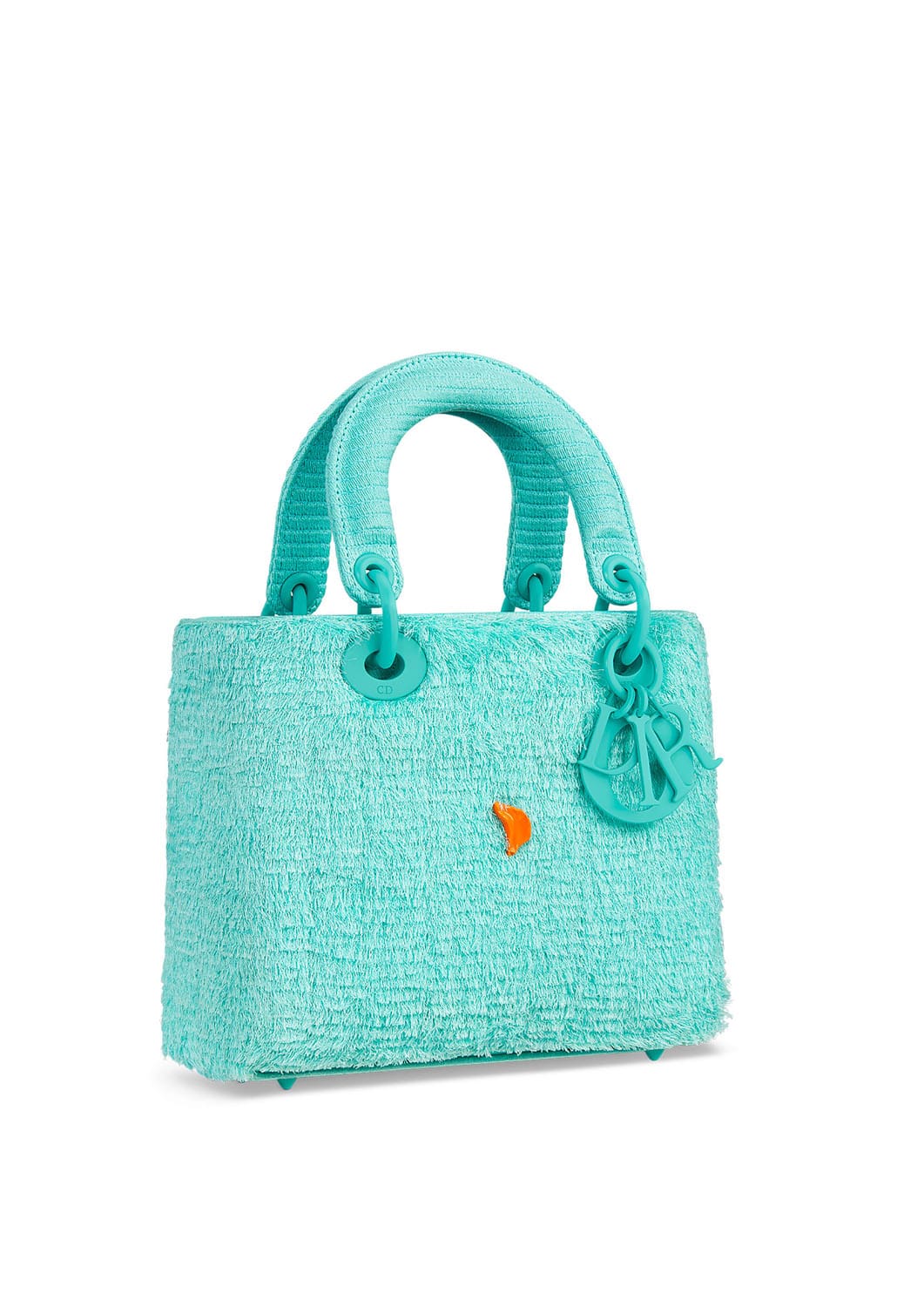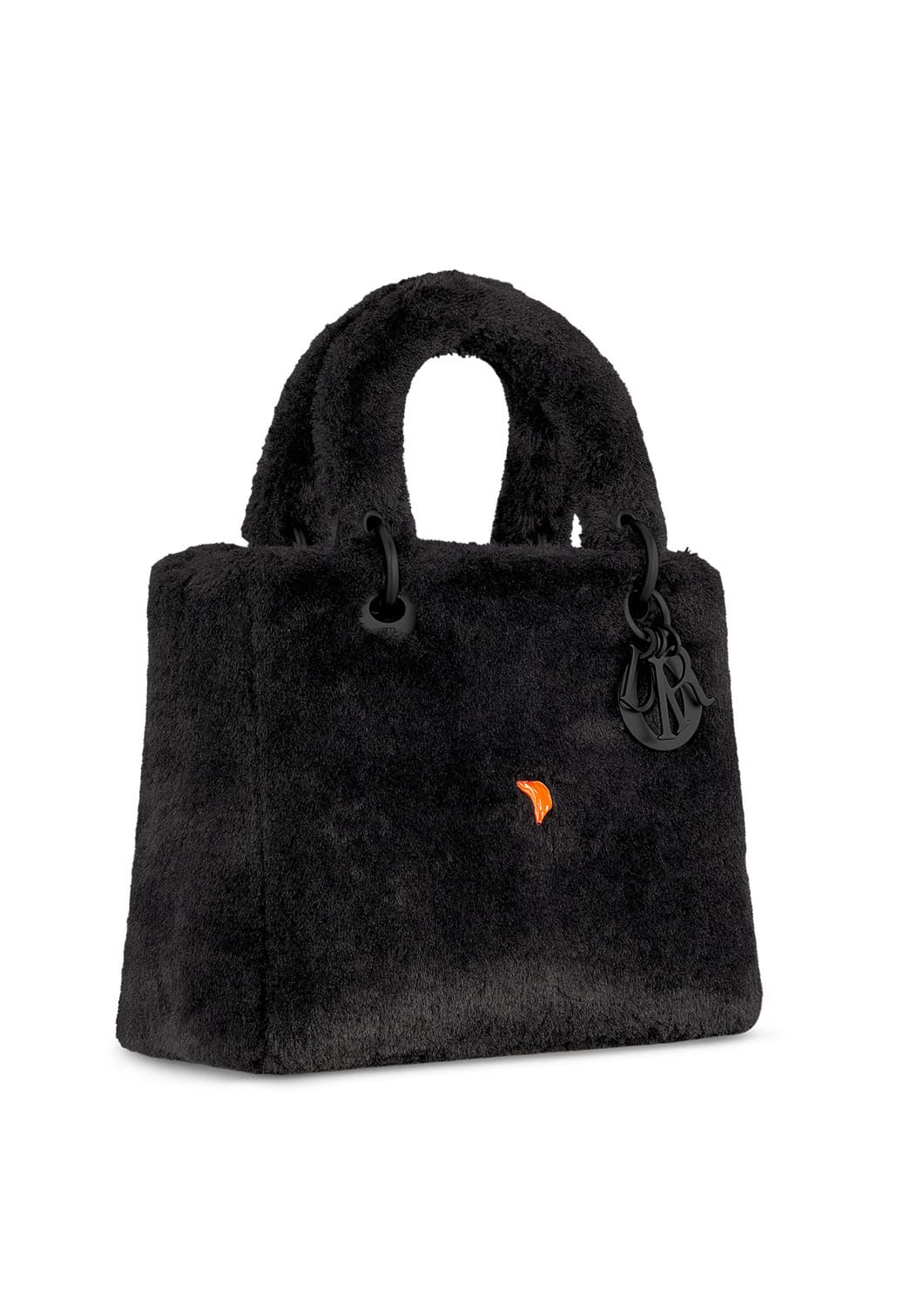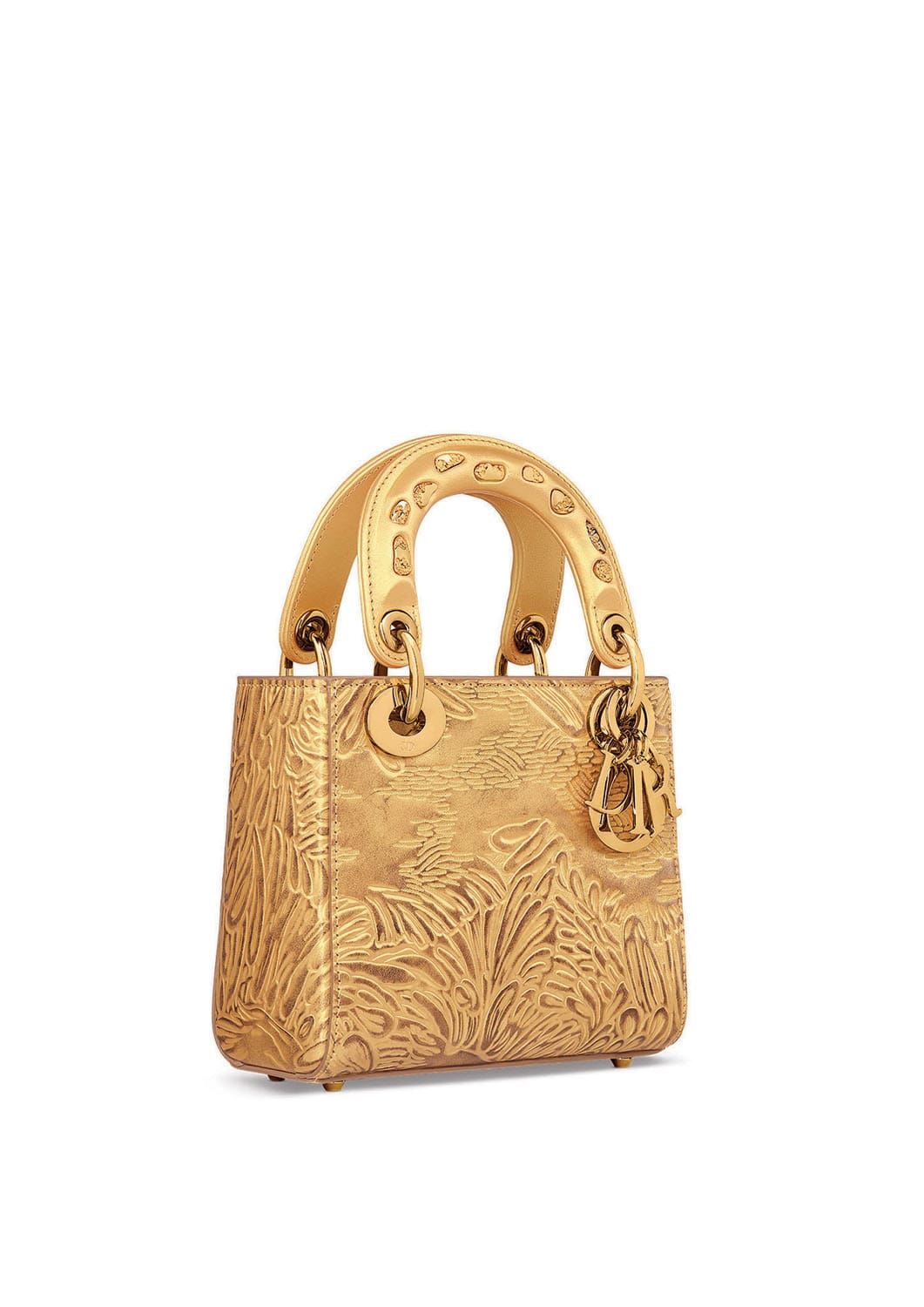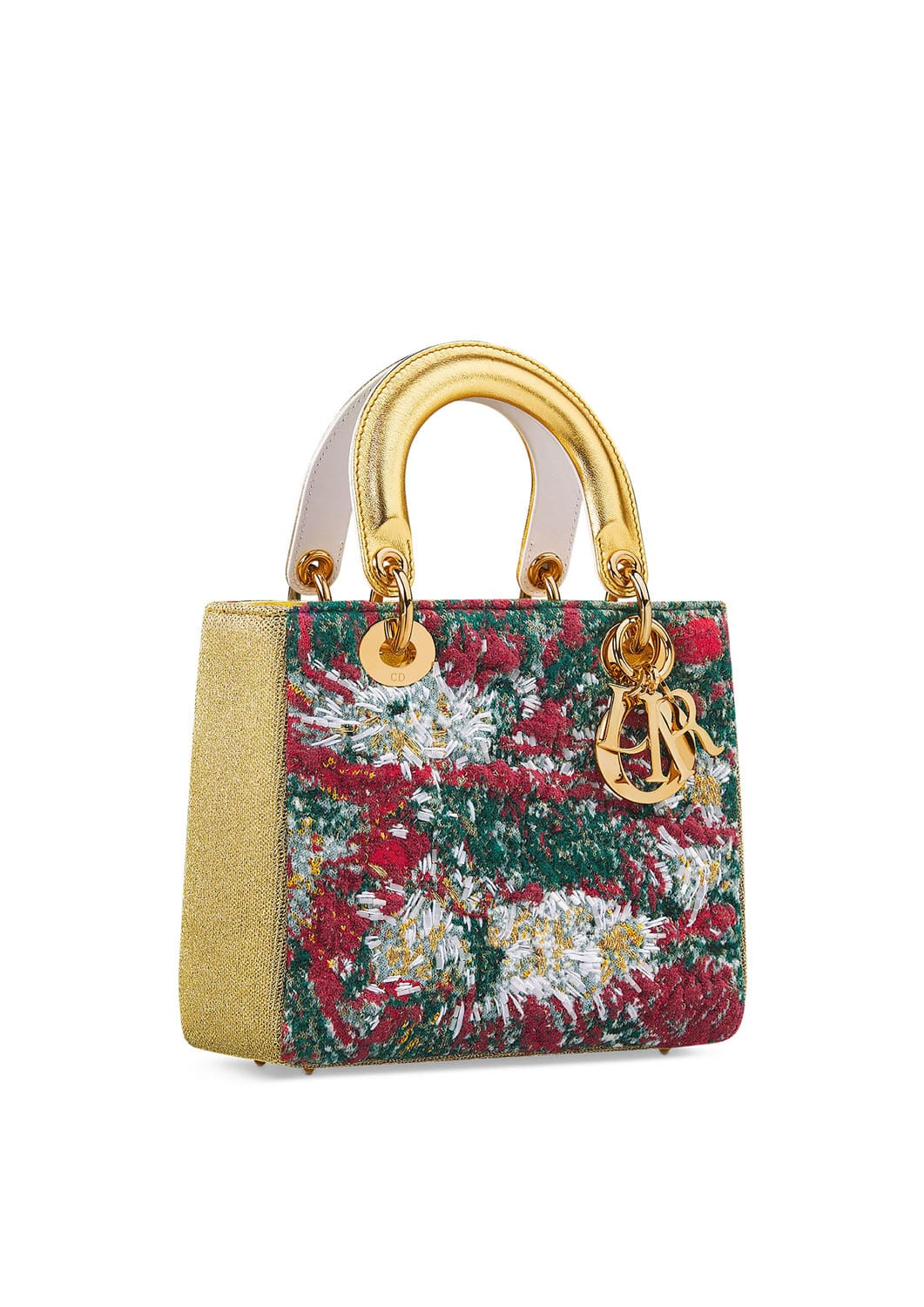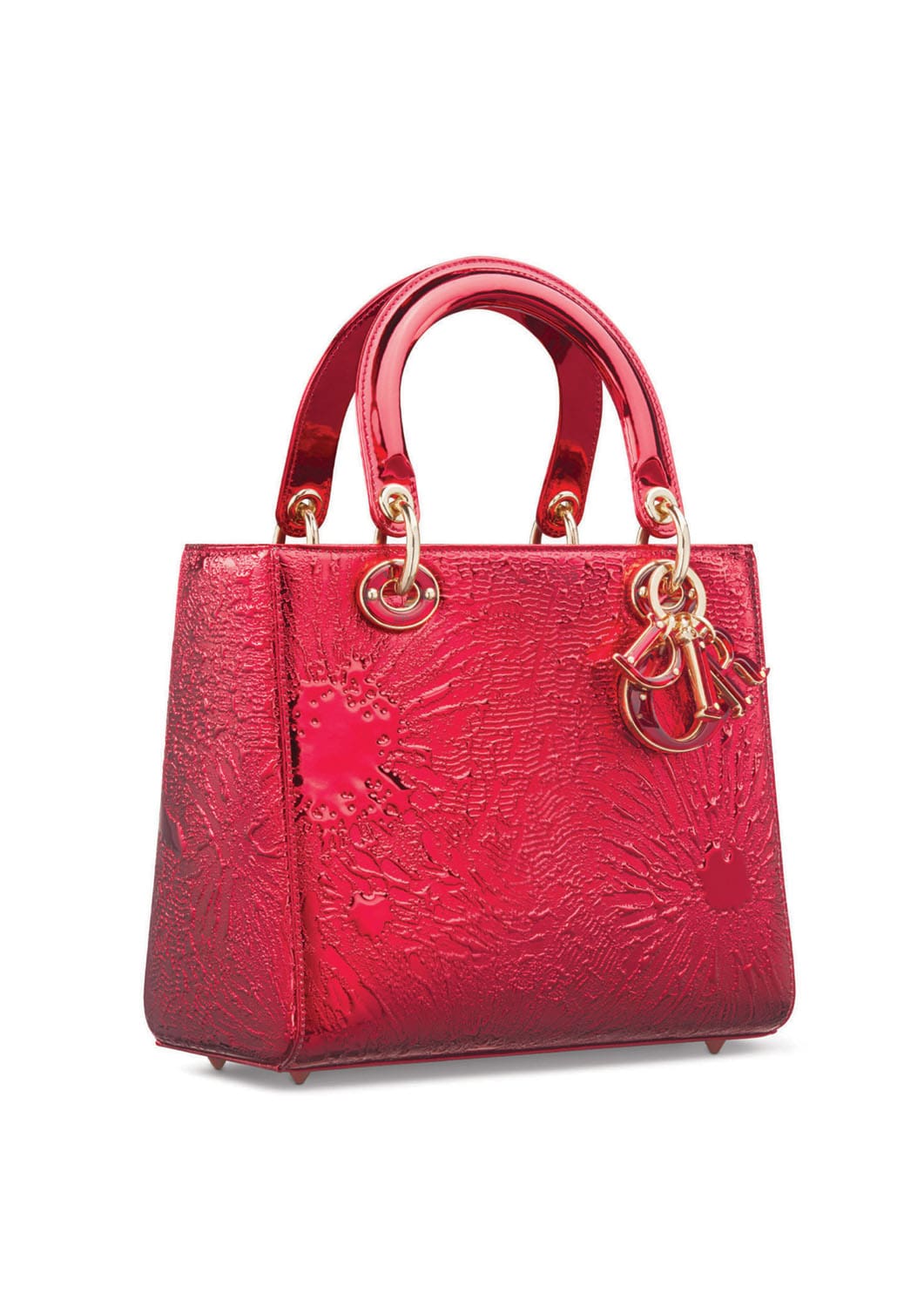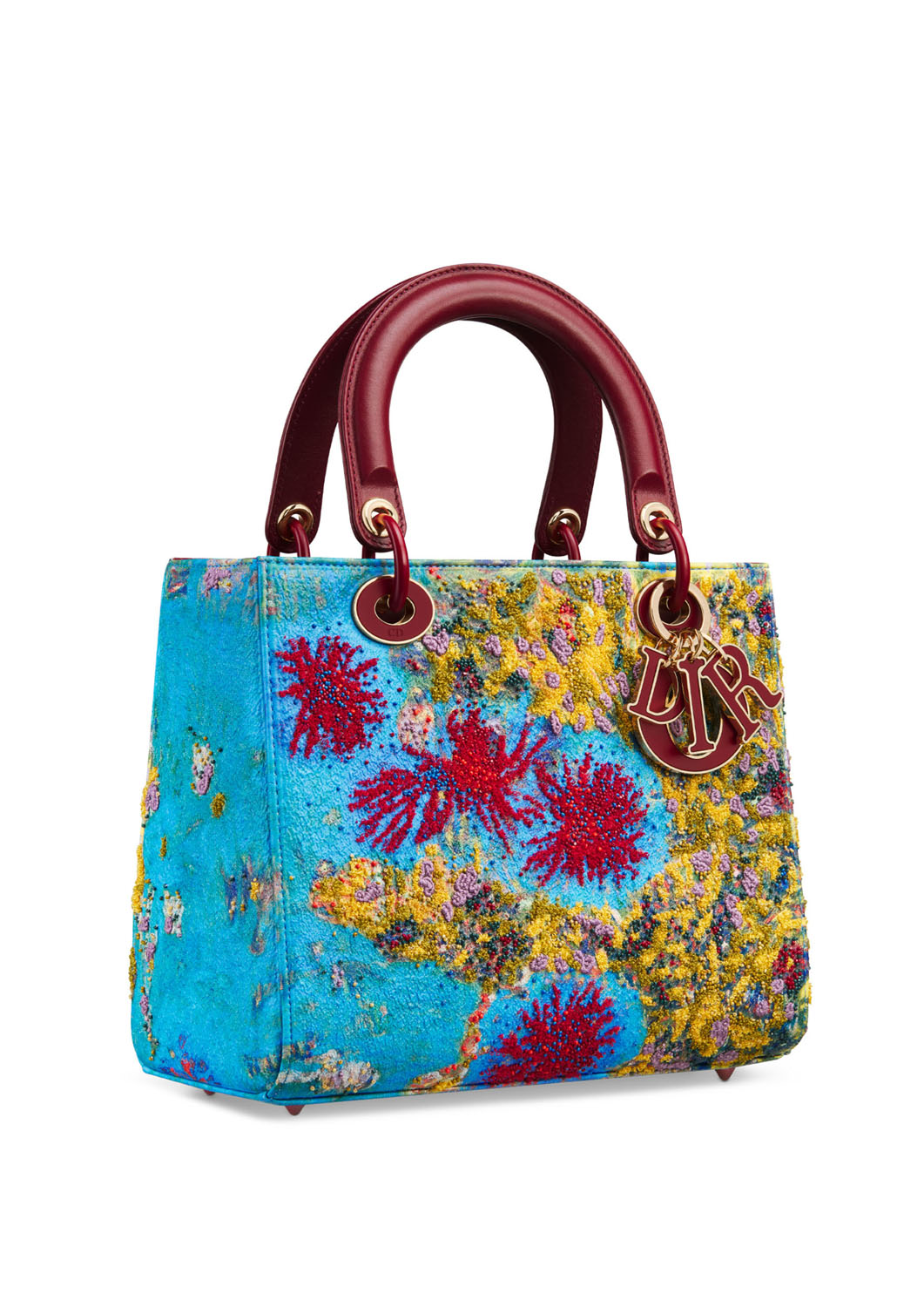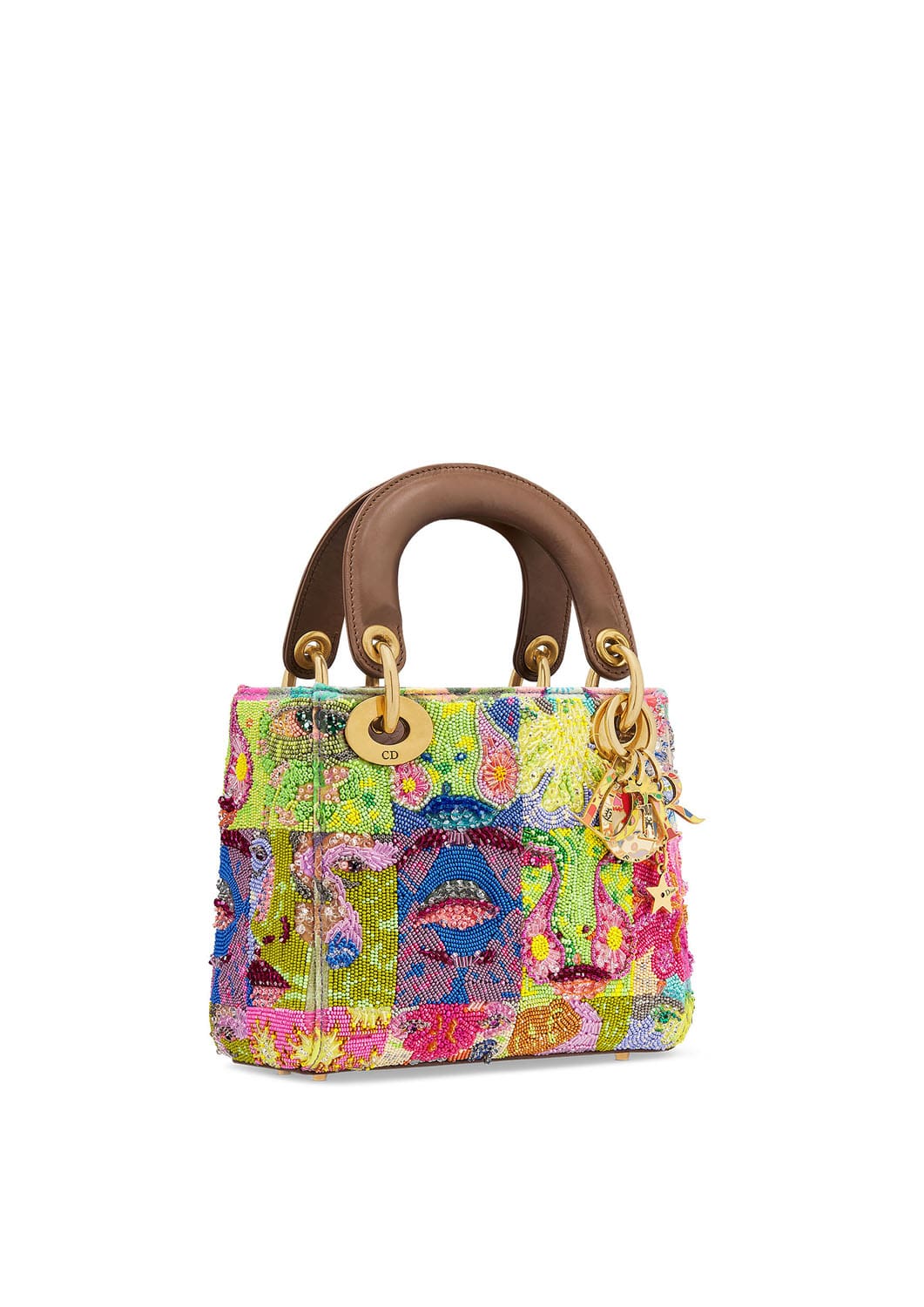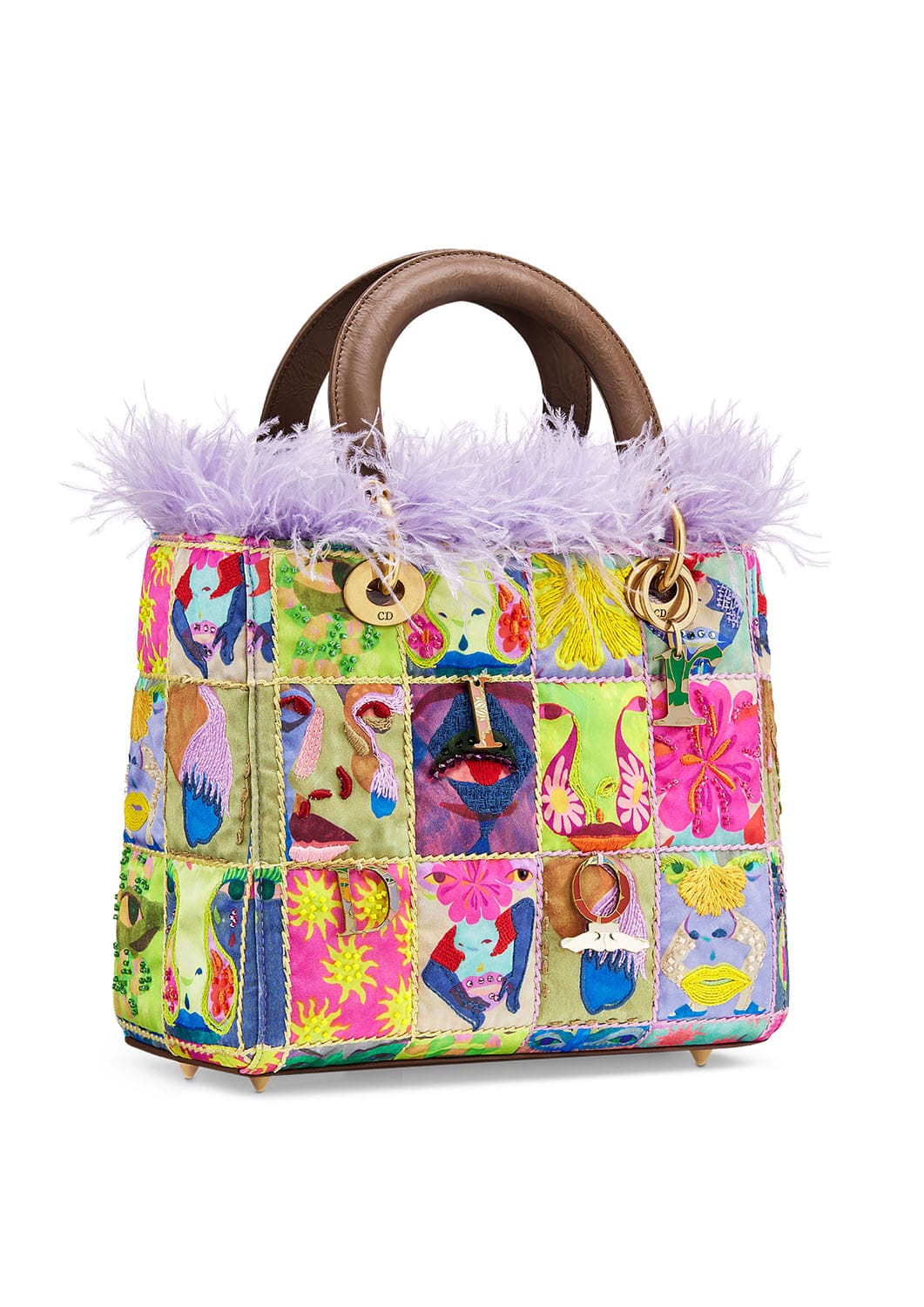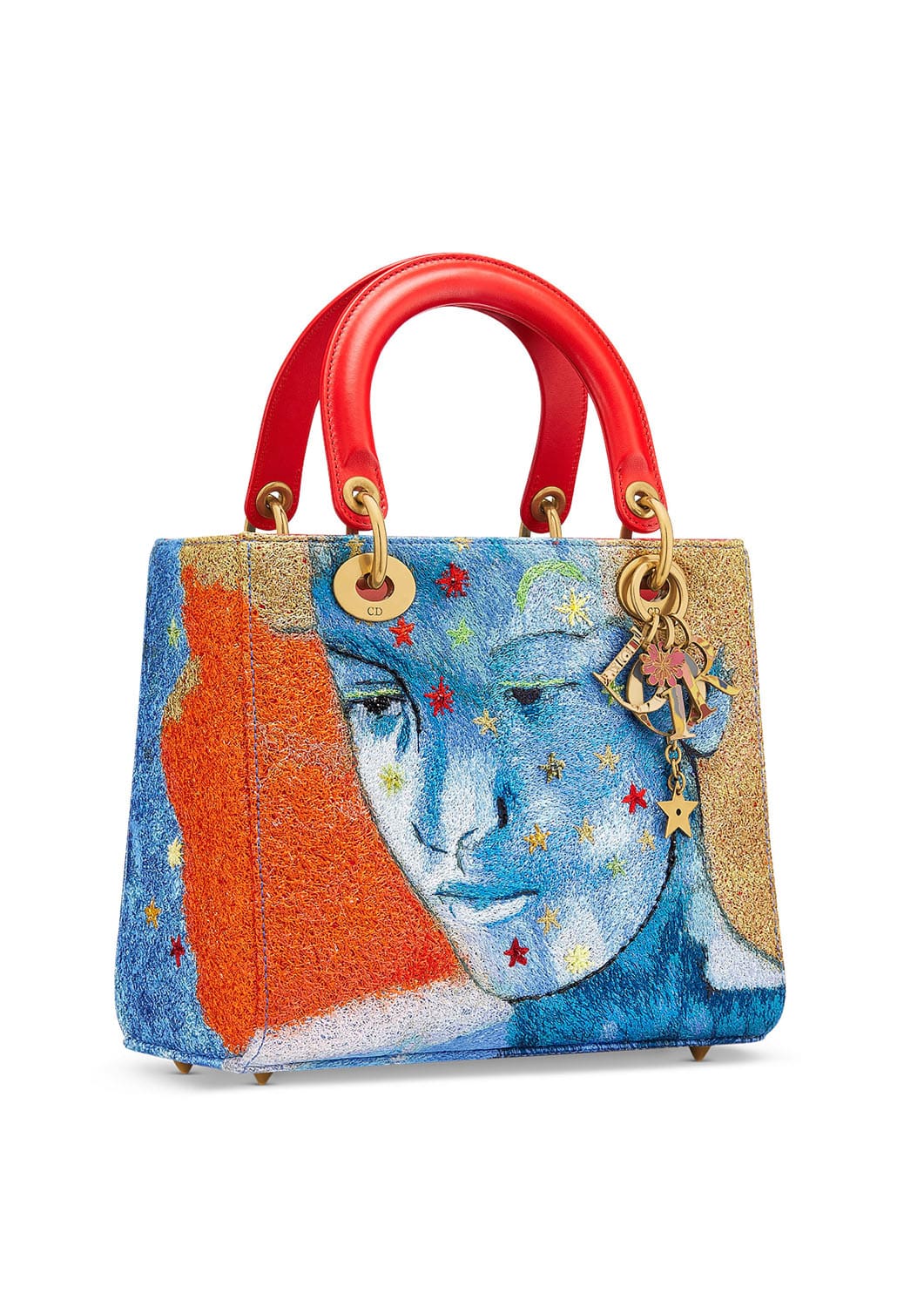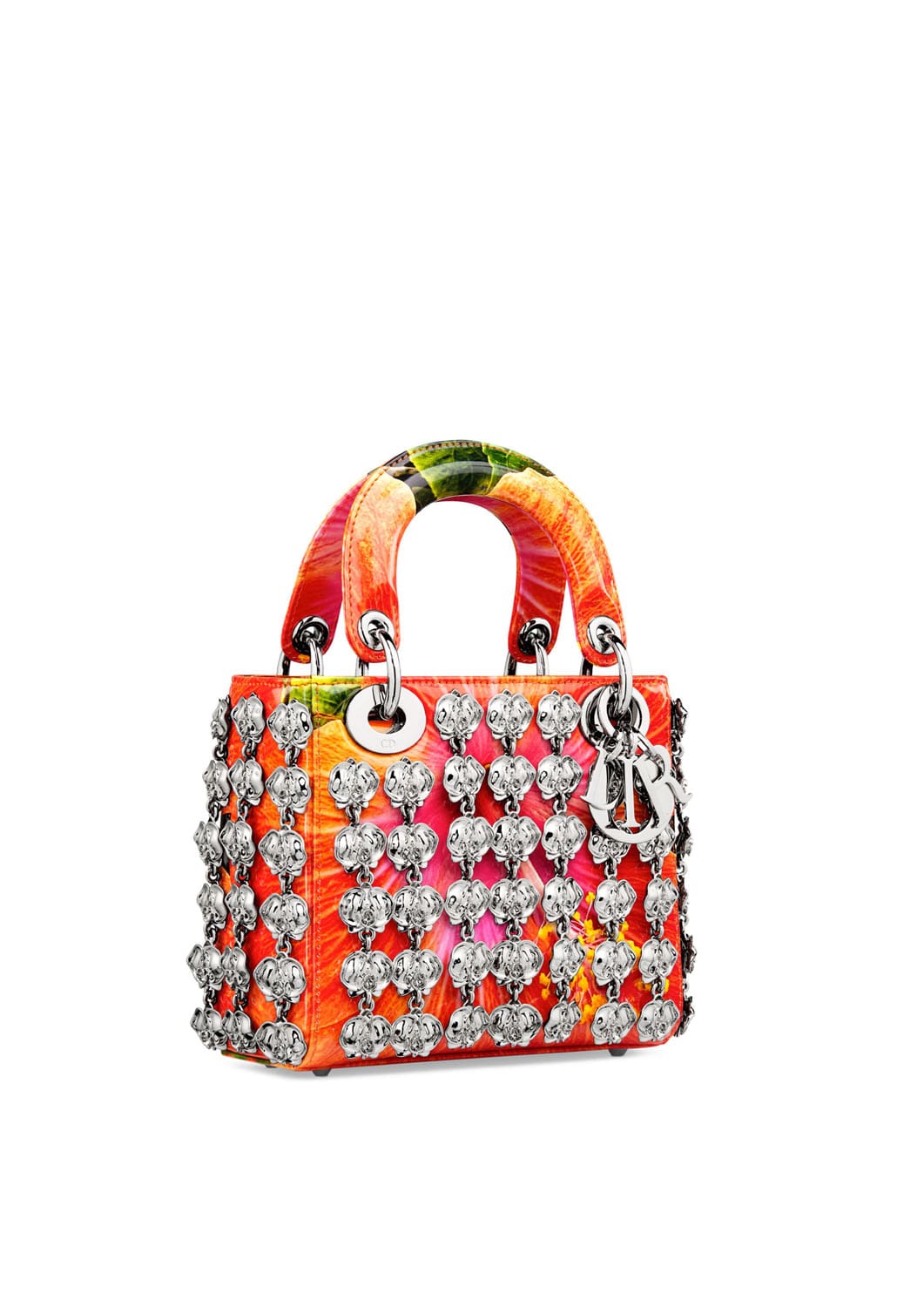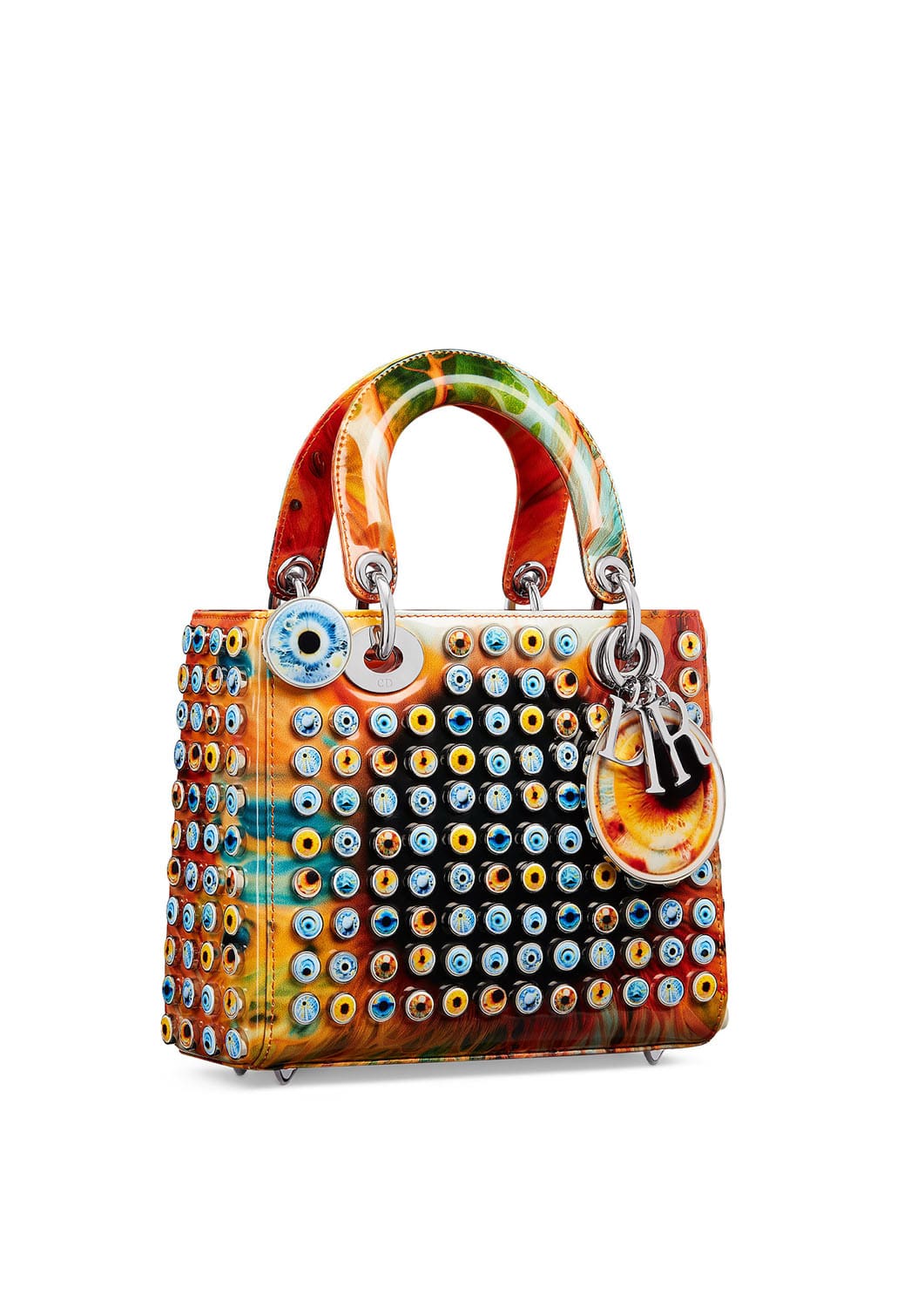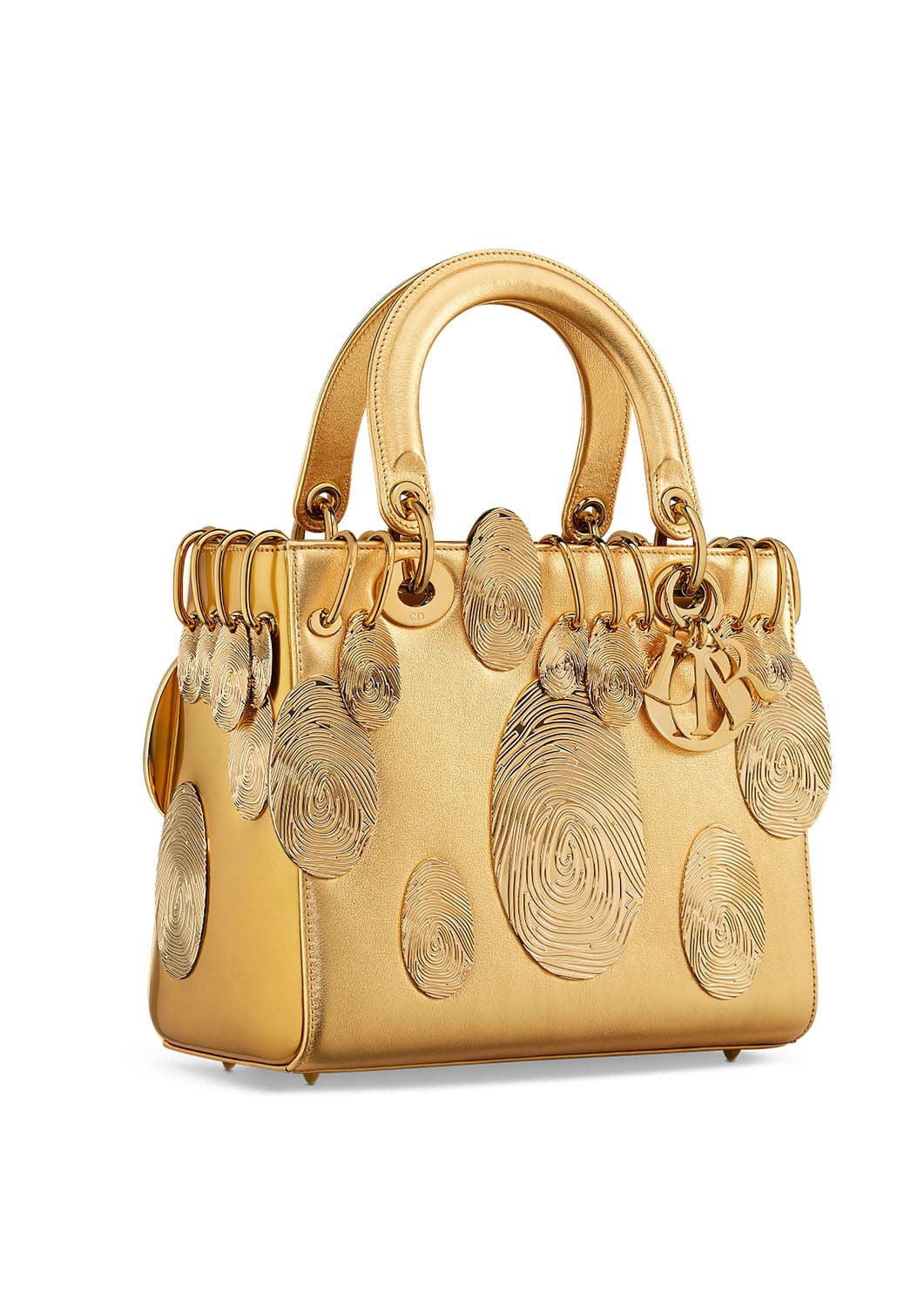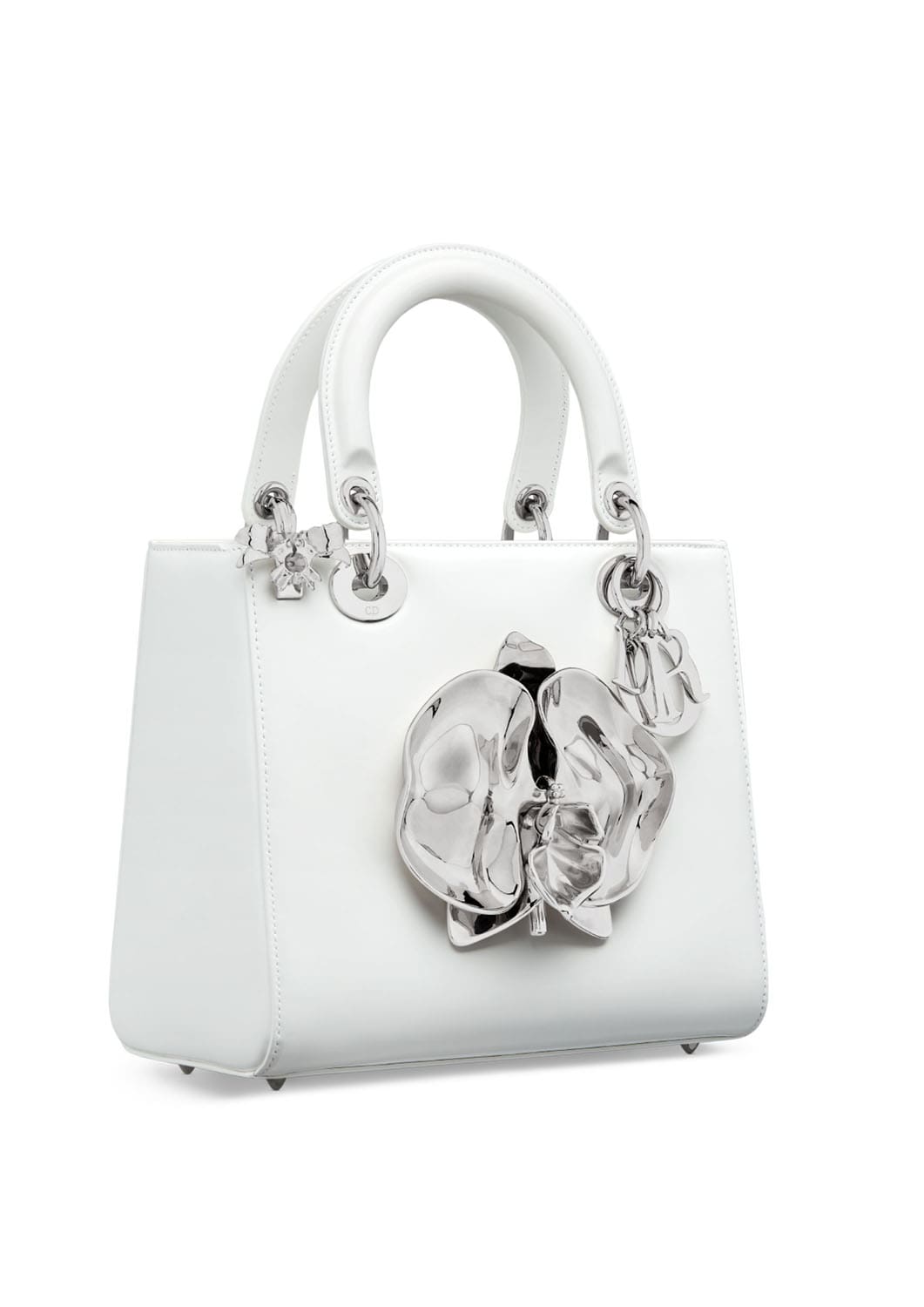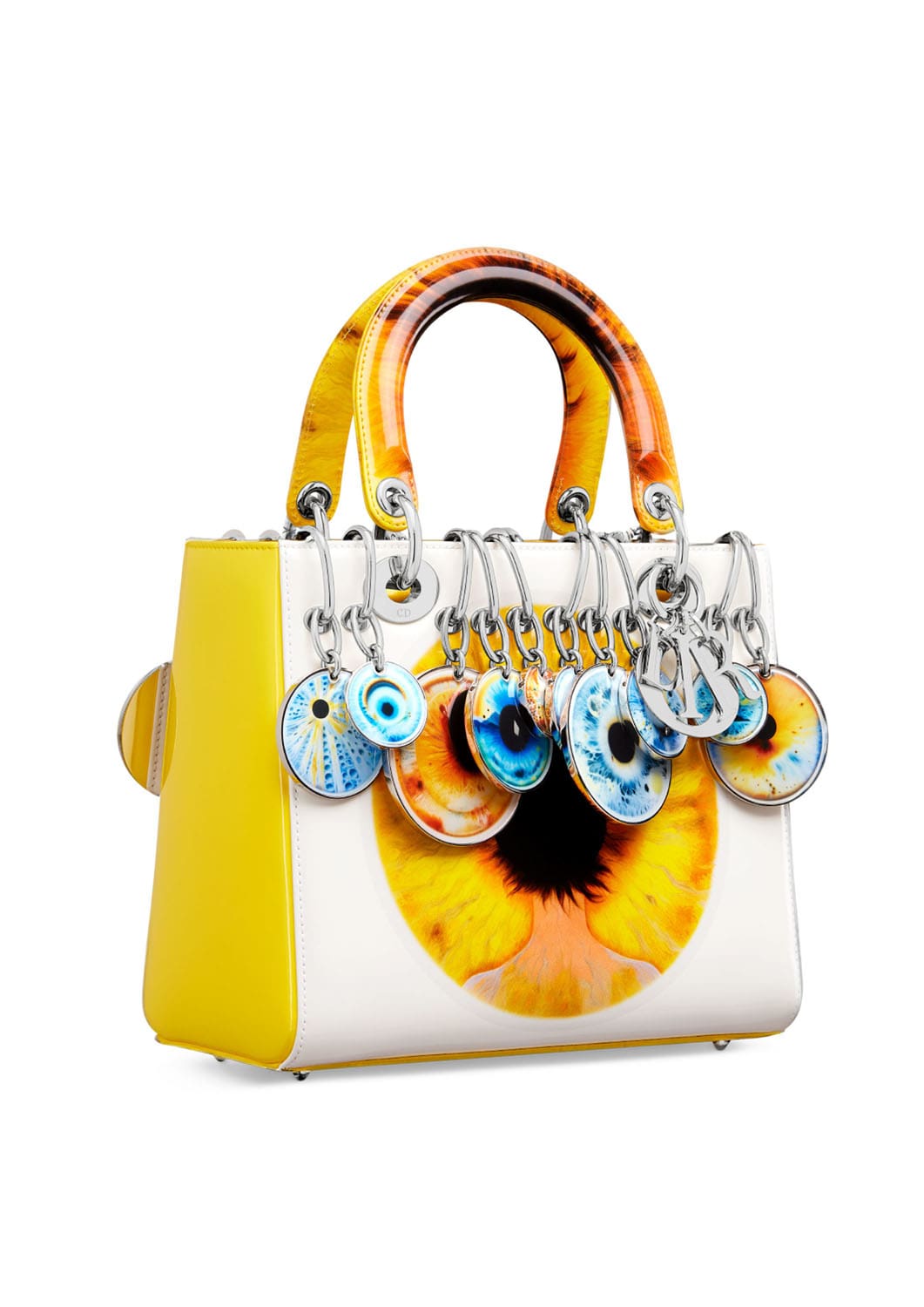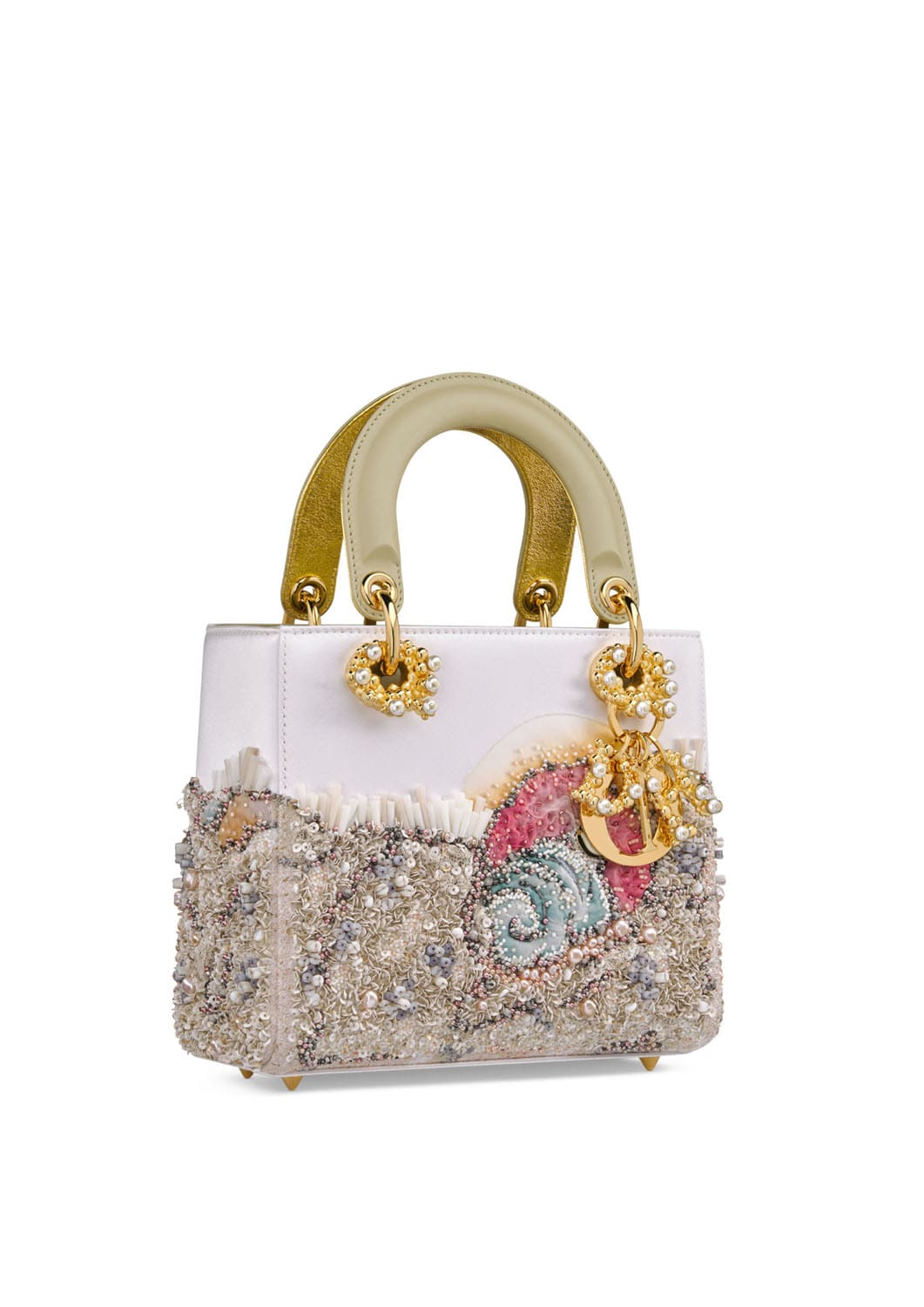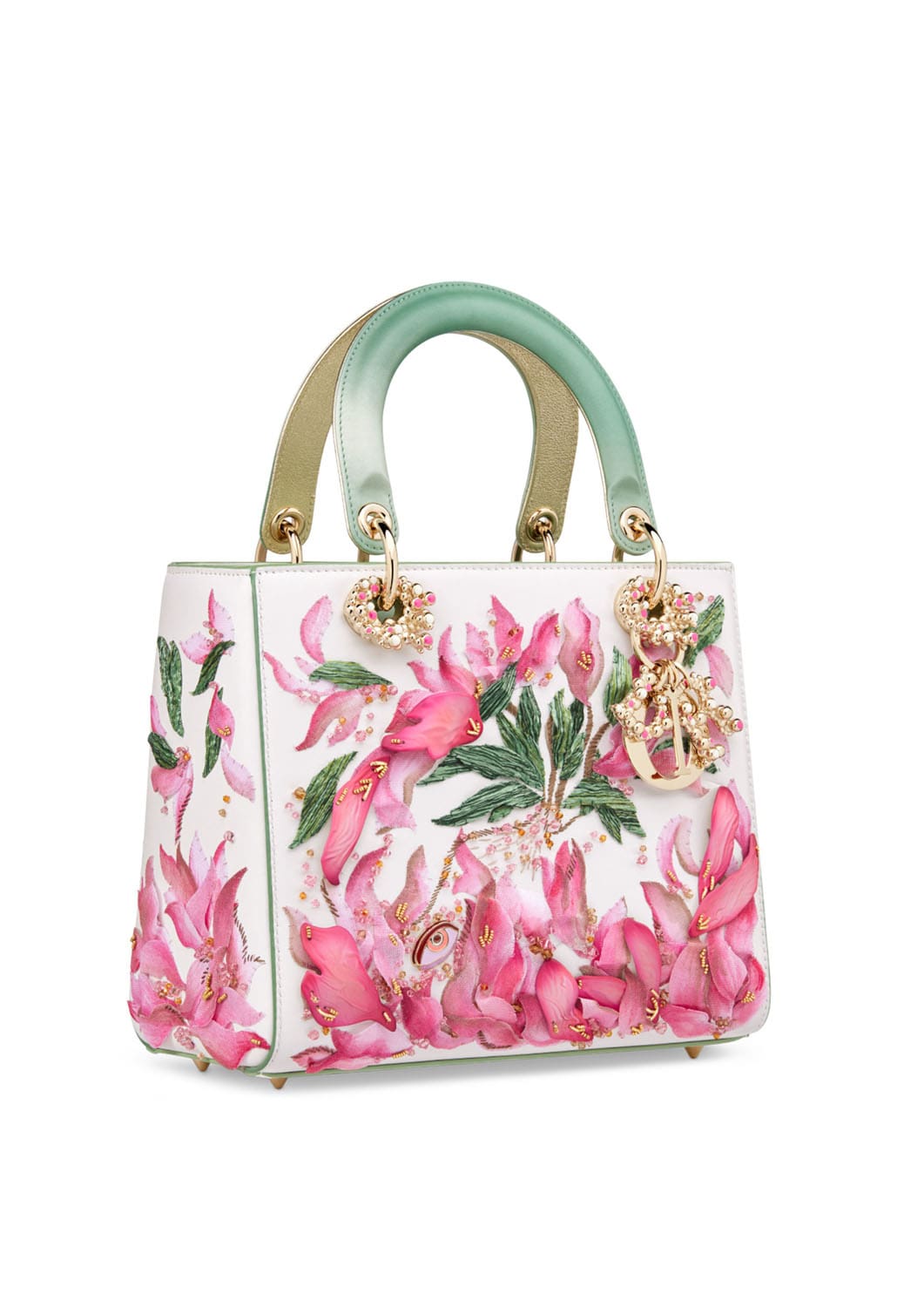Dior Lady Art 2025 “Ten Years of Transformations”. Story by RUNWAY MAGAZINE. Photo Courtesy: Dior.
Some icons never fossilize. They endure not by resisting change but by absorbing it—by becoming vessels through which time, memory, and imagination can flow. The Lady Dior is one such object: conceived as a symbol of Parisian architecture and elegance, it has remained intact precisely because it is never static.
In 2015, Dior formalized this paradox with Dior Lady Art. A handbag became a canvas, a site of cultural dialogue, where the vocabulary of cannage and silhouette was entrusted to artists across the globe. Each season, the house released control, offering carte blanche to creators who treated the bag not as an accessory but as material for interpretation. The Lady Dior ceased to be a product; it became discourse.
Now, in 2025, the project reaches its tenth edition. A decade of transformations, a decade of artists translating the same object into radically different dialects. Ten figures mark this anniversary: Jessica Cannon, Patrick Eugène, Eva Jospin, Ju Ting, Lakwena, Lee Ufan, Sophia Loeb, Inès Longevial, Marc Quinn, and Alymamah Rashed. Their visions do not decorate; they collide, diverge, converse.
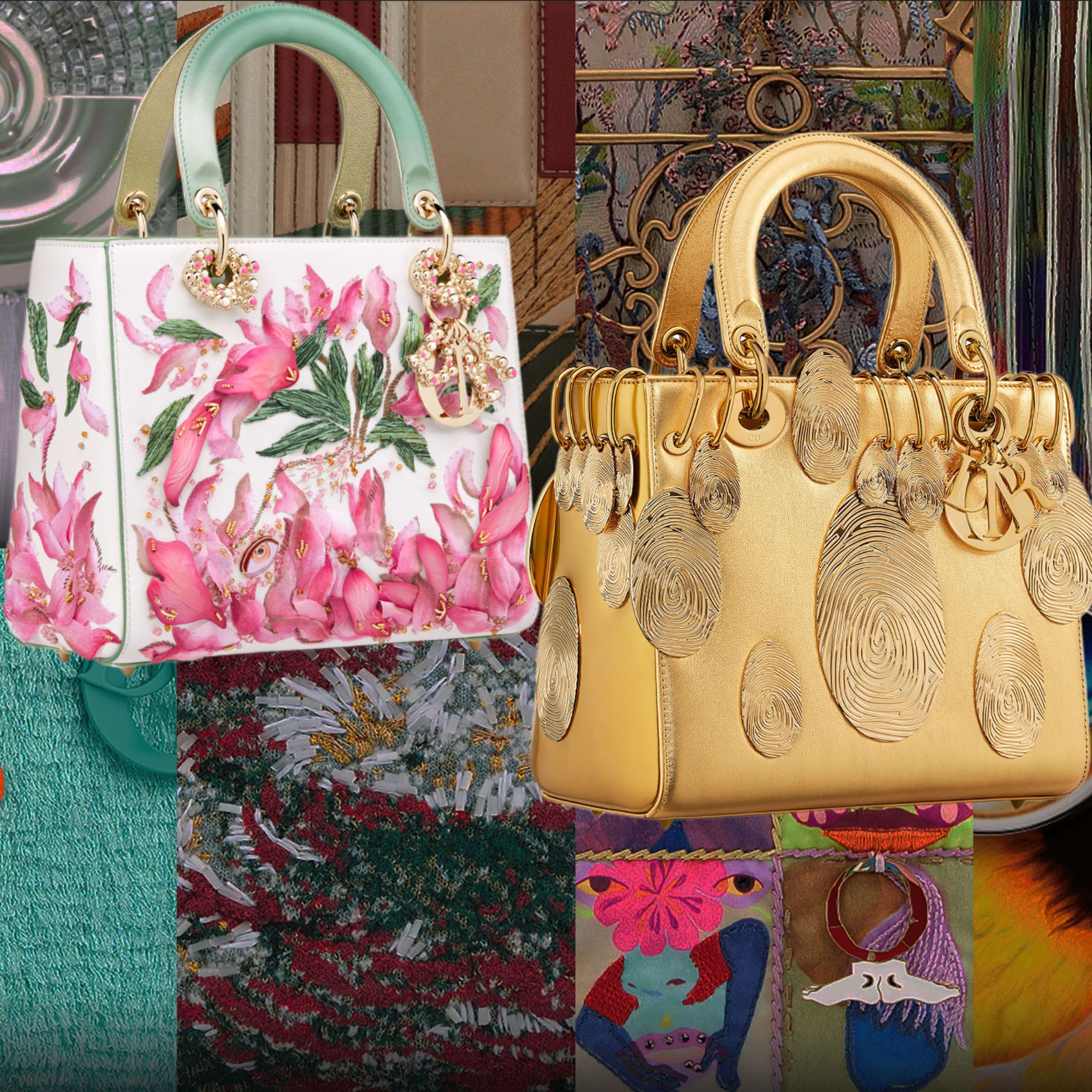
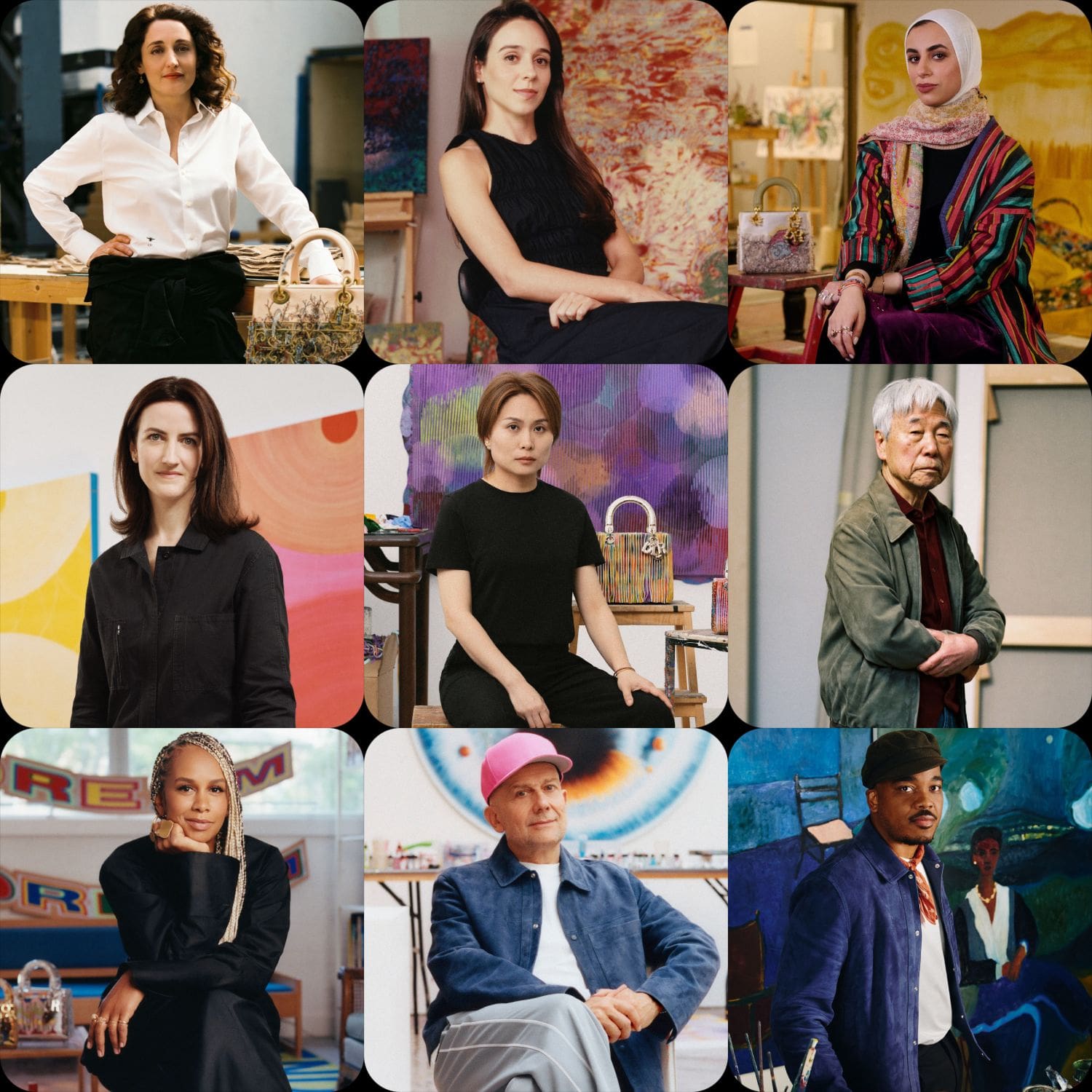
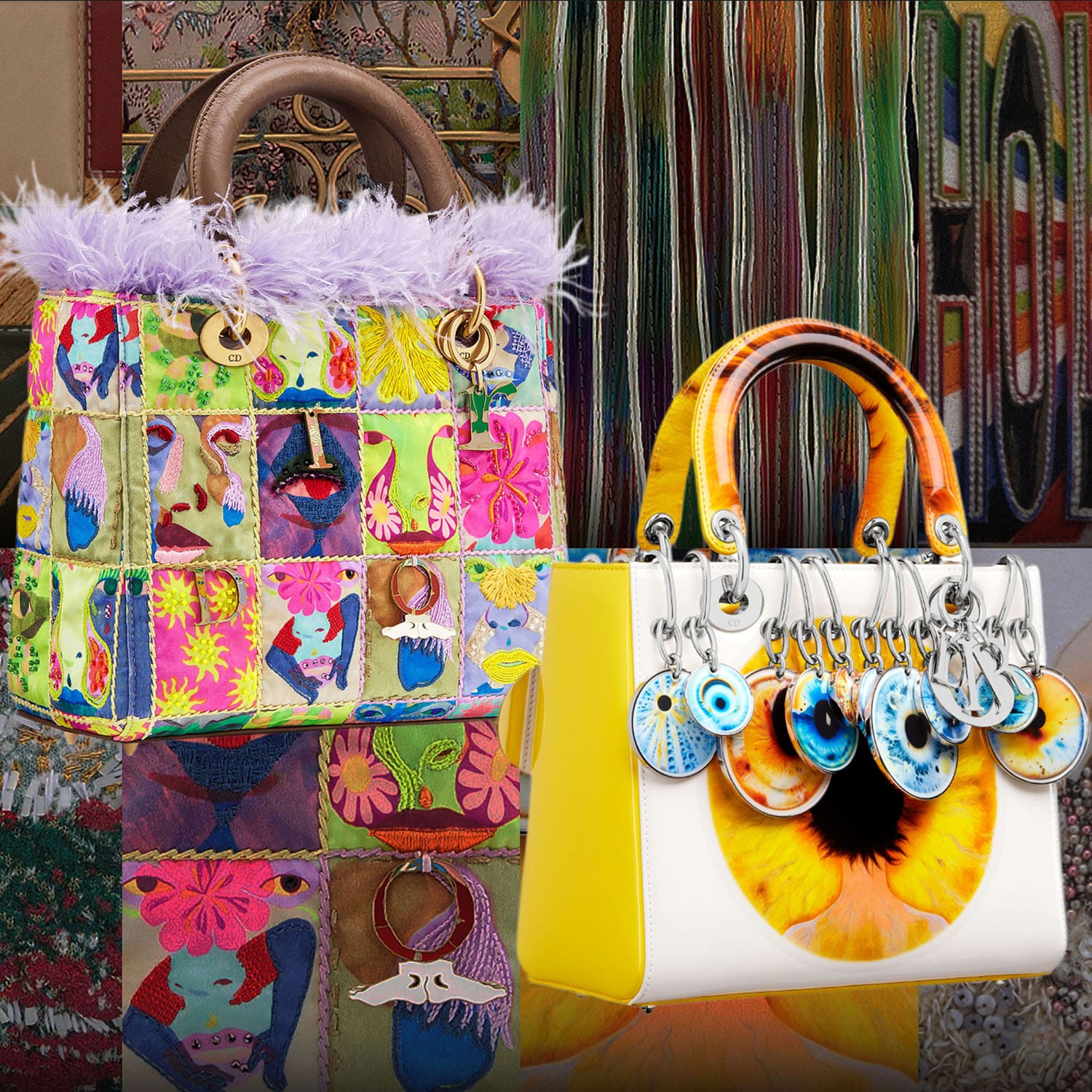
Between Memory and Invention
For some, the Lady Dior becomes celestial. Jessica Cannon scatters pastel light and crystalline rays across its surface, turning it into a meditative sun-shell. For Patrick Eugène, it becomes history itself, woven in raffia and bamboo, threaded with pearls that recall Haiti’s colonial name—the “Pearl of the Antilles”—transfigured into endurance and diaspora.
Eva Jospin cloaks the silhouette in embroidery as if nature were reclaiming Montaigne’s balconies, while Ju Ting fractures its surface into optical illusions—folded, layered, shimmering with kinetic force. Lakwena, by contrast, amplifies the bag’s voice into slogans—Hold Me. Carry Me. Love Me.—a manifesto of joy painted across leather in blocks of gold and silver.
Others answer with restraint. Lee Ufan’s gesture is nearly nothing: a monochrome plane, a brushstroke, a single breath. Sophia Loeb, however, dissolves the bag into primordial textures—molten reds, golden embossing, threadwork gardens—an ode to untouched earth. Inès Longevial freezes emotion into embroidered faces, inviting the gaze inward.
Marc Quinn turns once again to the body and its echoes—fingerprints cast in gold, AI-generated irises born from oil paintings, orchids pressed into leather like fossils of the future. Finally, Alymamah Rashed binds Kuwaiti landscapes into embroidery and sculpted detail, hiding poetry in the lining, as if the true narrative were meant only for the wearer.
The Archive of an Icon
Ten years on, Dior Lady Art is less a fashion project than an archive of possibility. Each reinvention both erases and confirms the bag’s identity. What remains constant is not the decoration but the gesture: Dior’s willingness to let its icon slip into the hands of others, to be redefined and reborn.
The Lady Dior endures not because it resists transformation, but because it thrives on it. And so, in this tenth chapter, it ceases to be a mere object of desire. It becomes a testimony: that fashion, when surrendered to art, transcends its function and speaks the language of culture itself.
See All Dior Lady Art Limited Edition Bags
